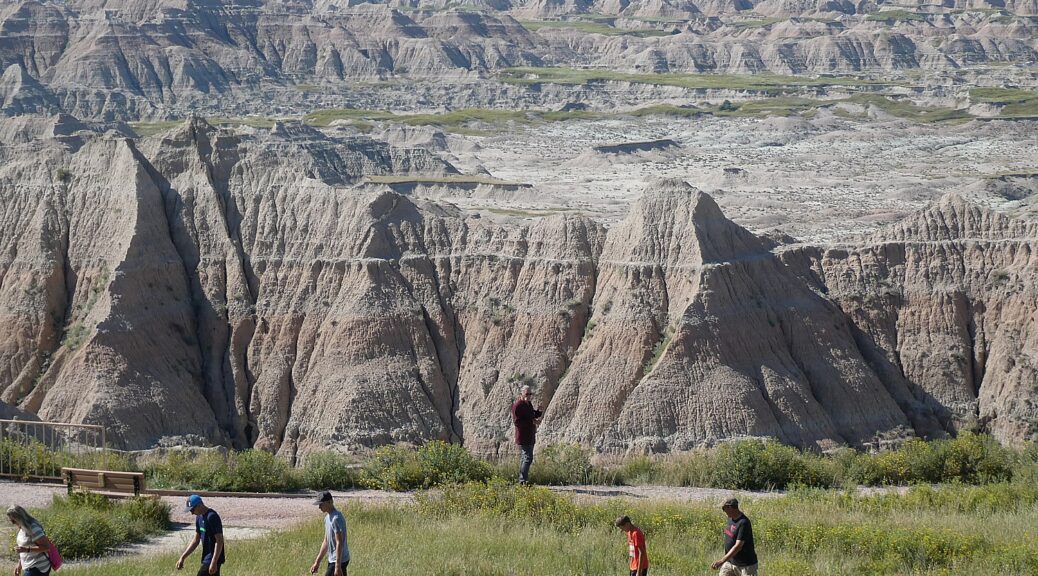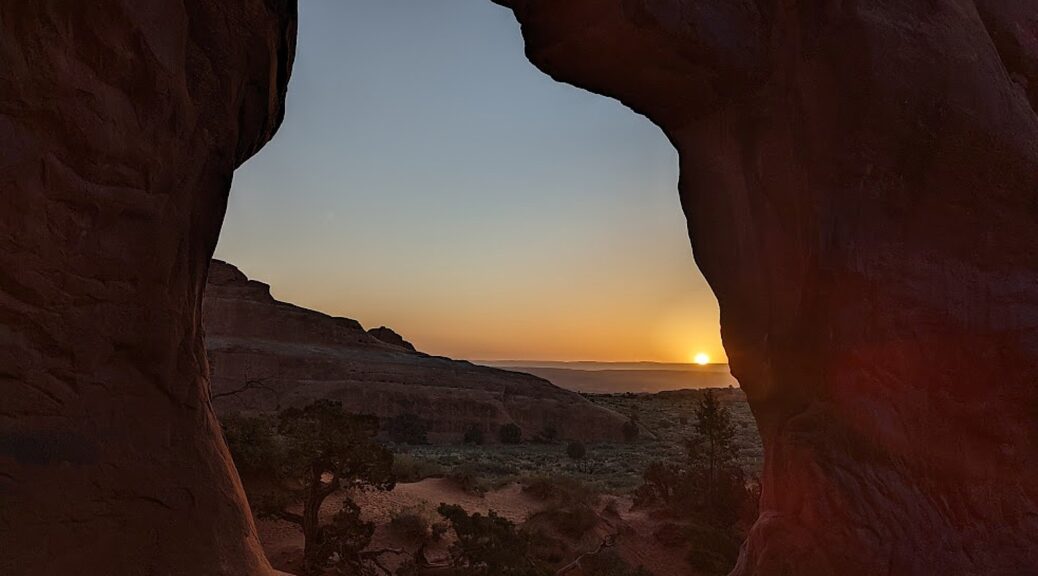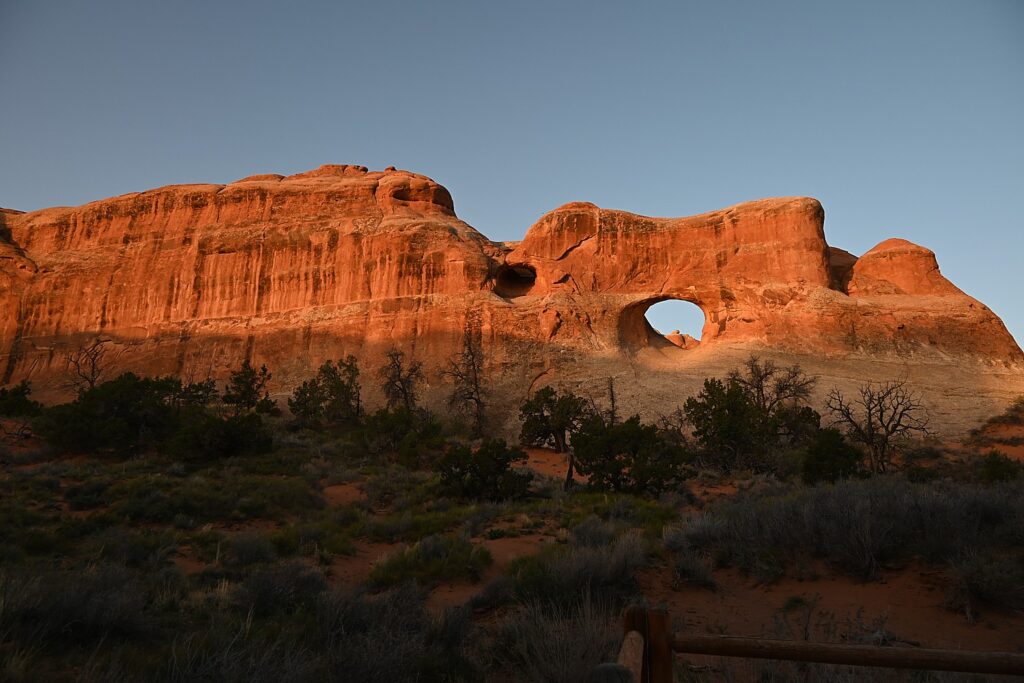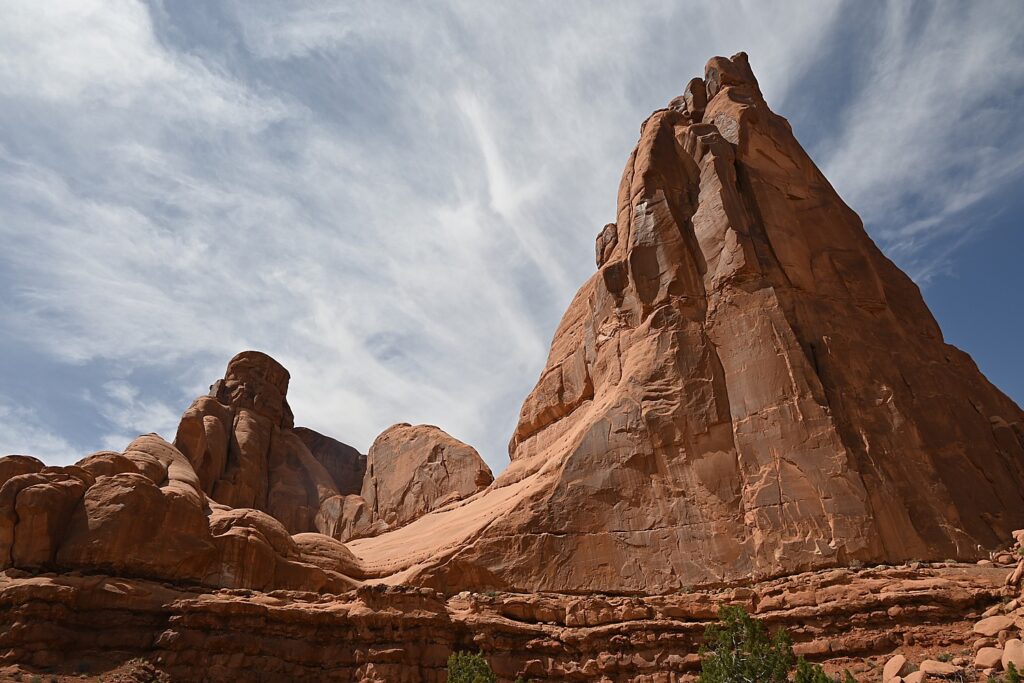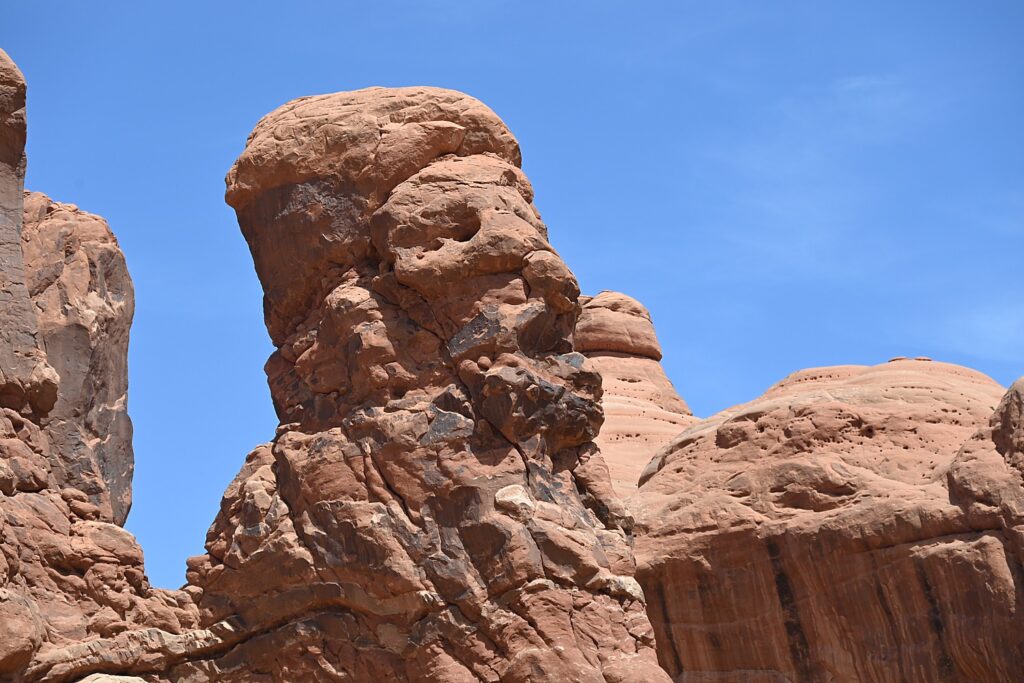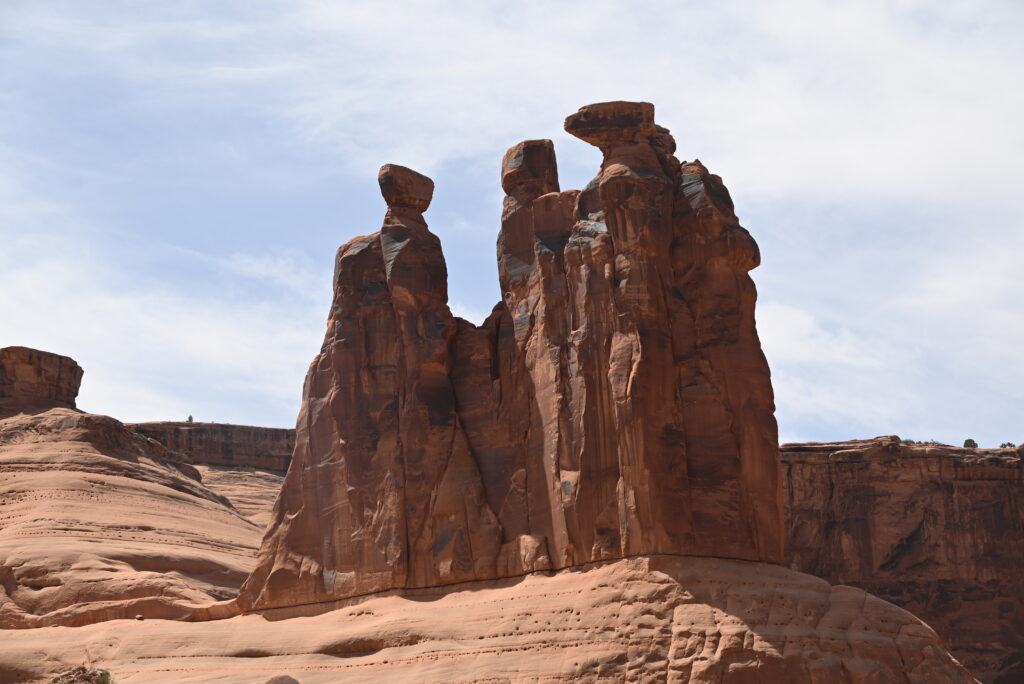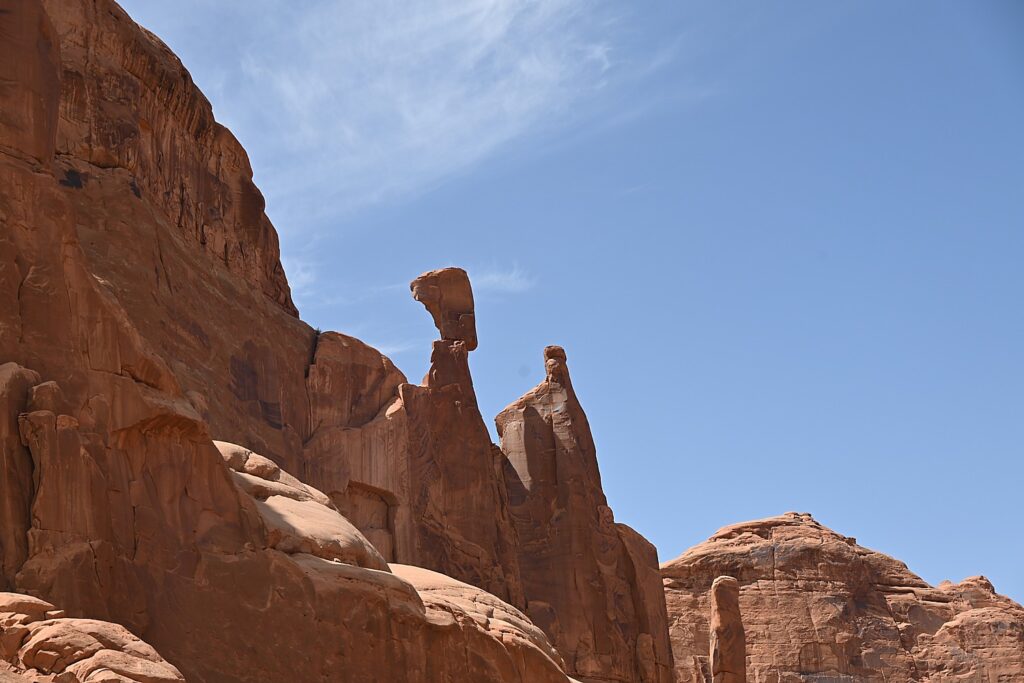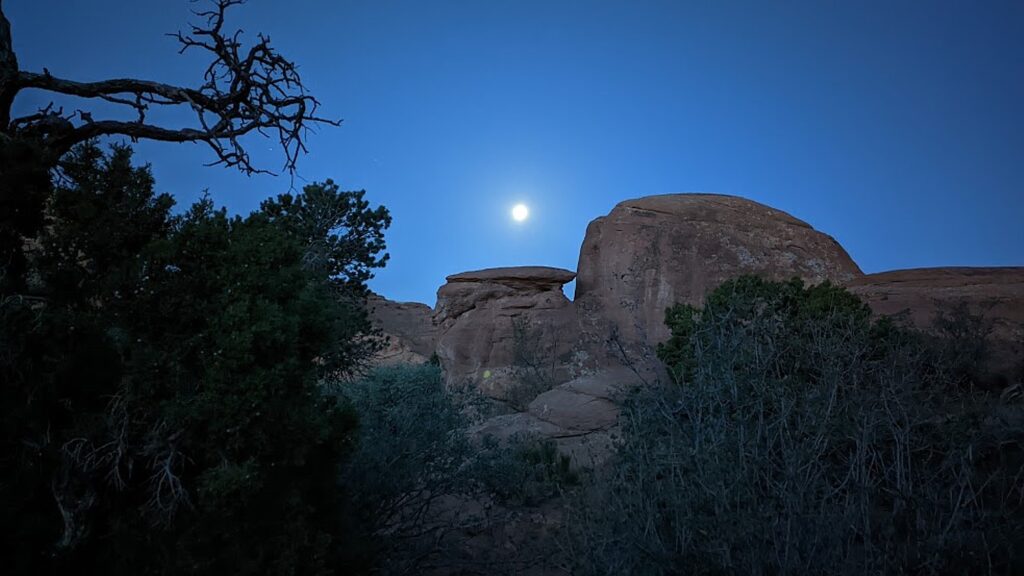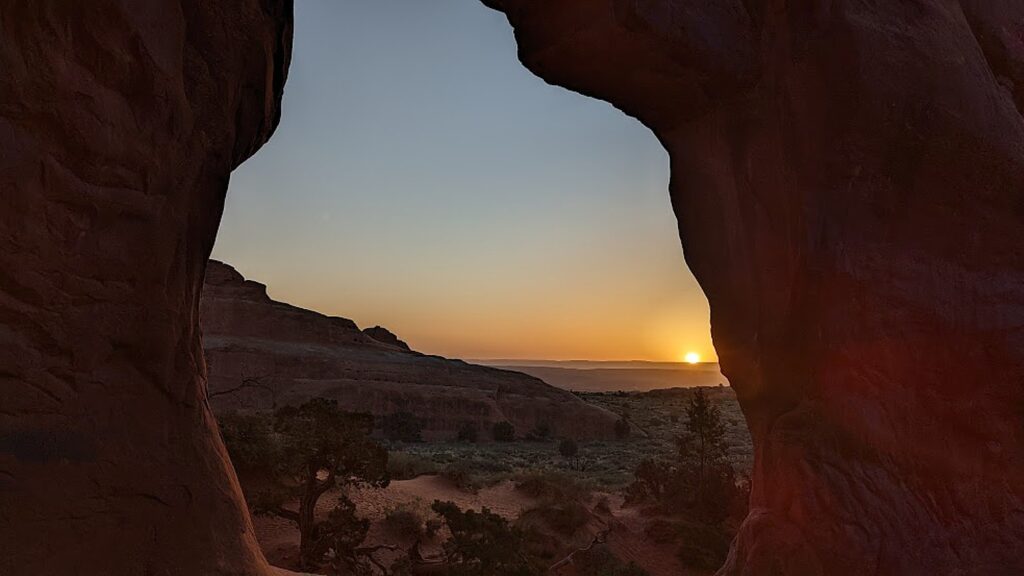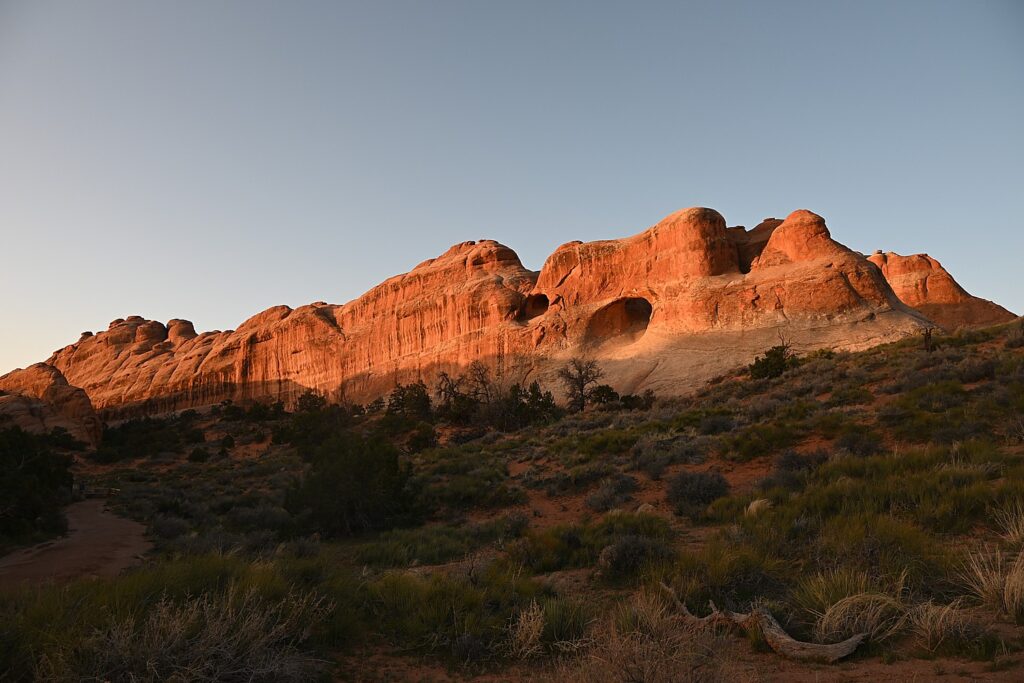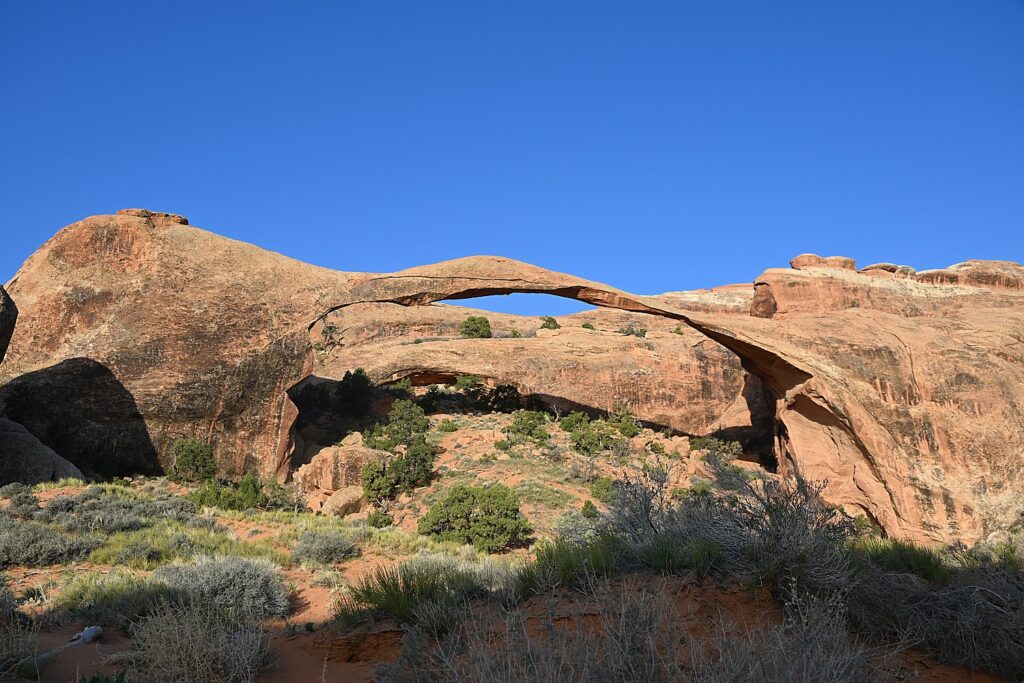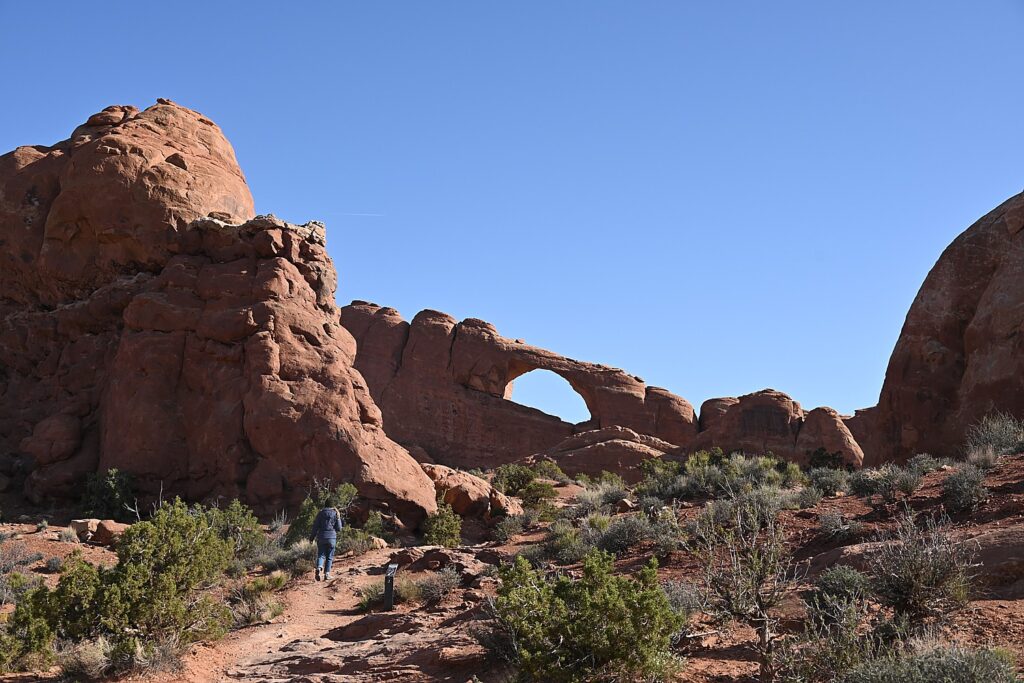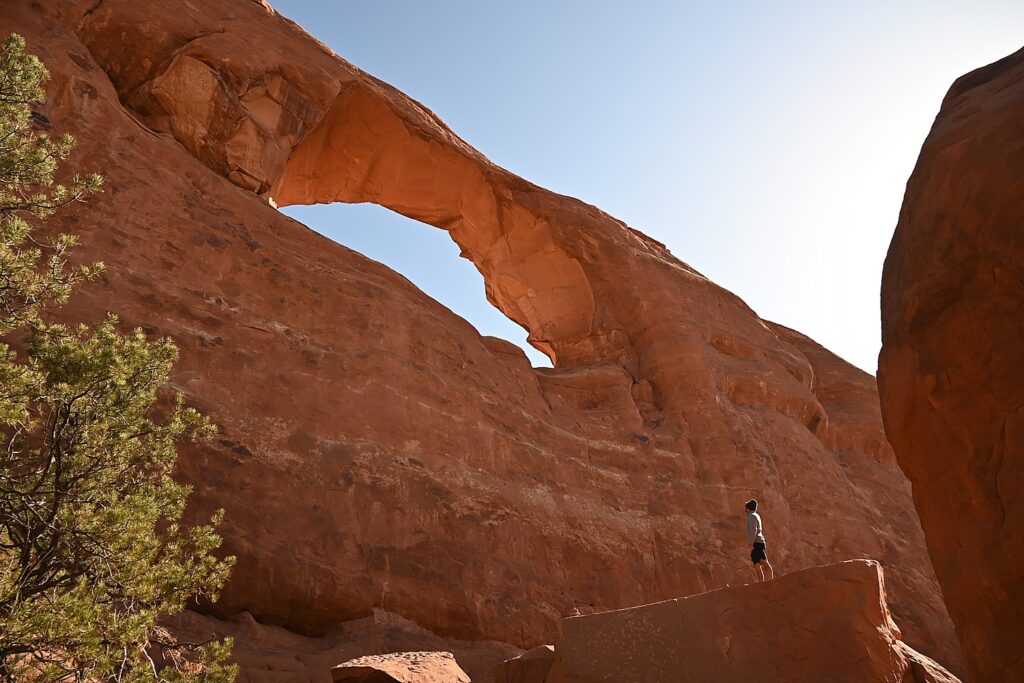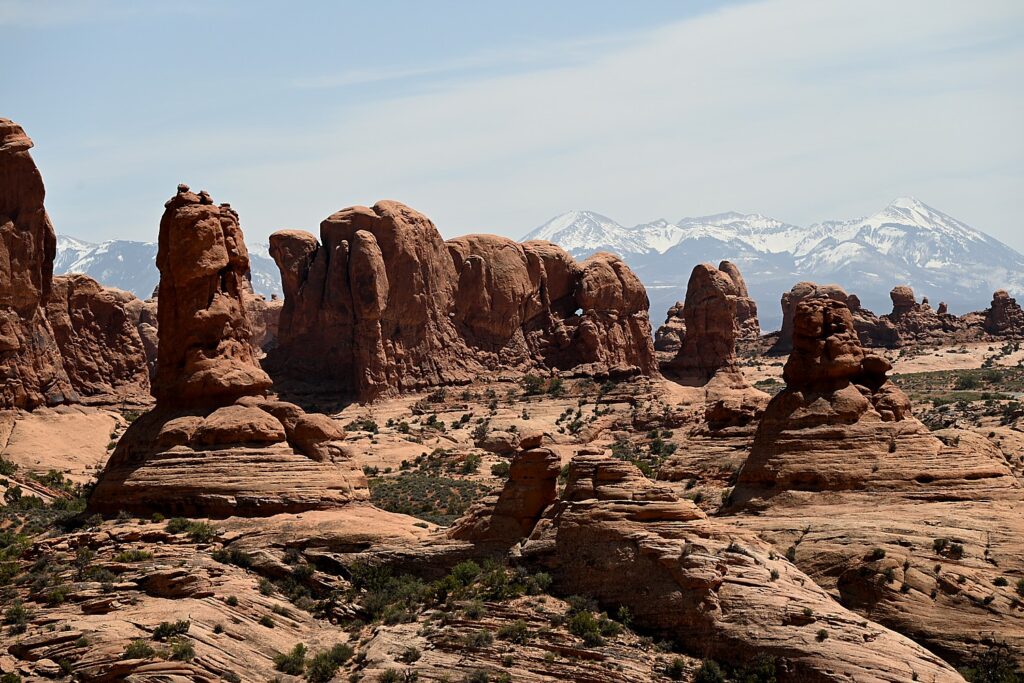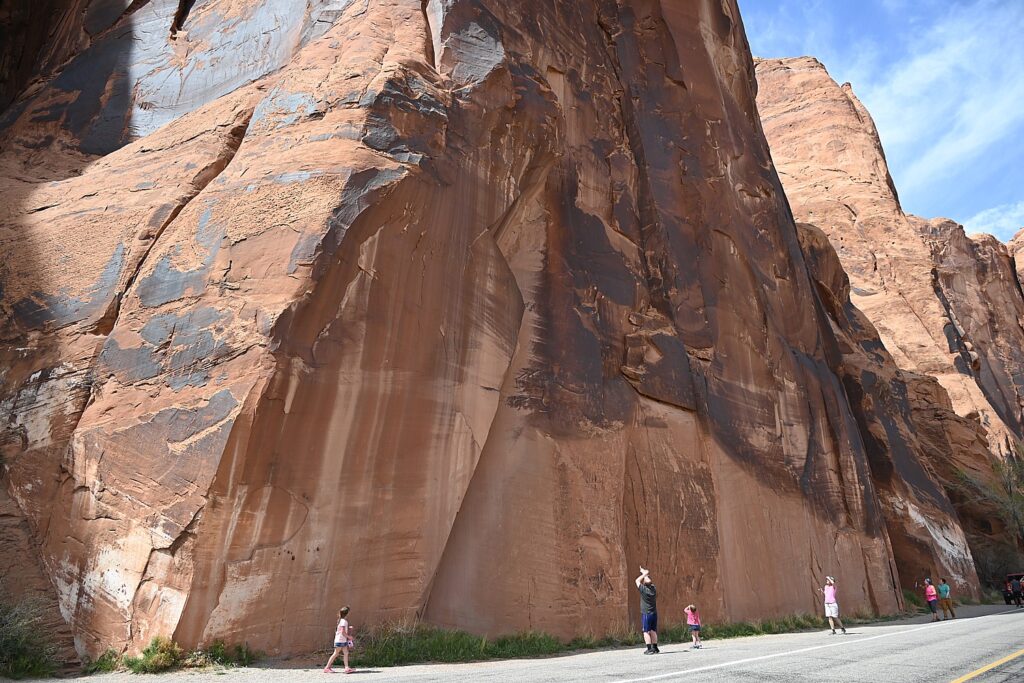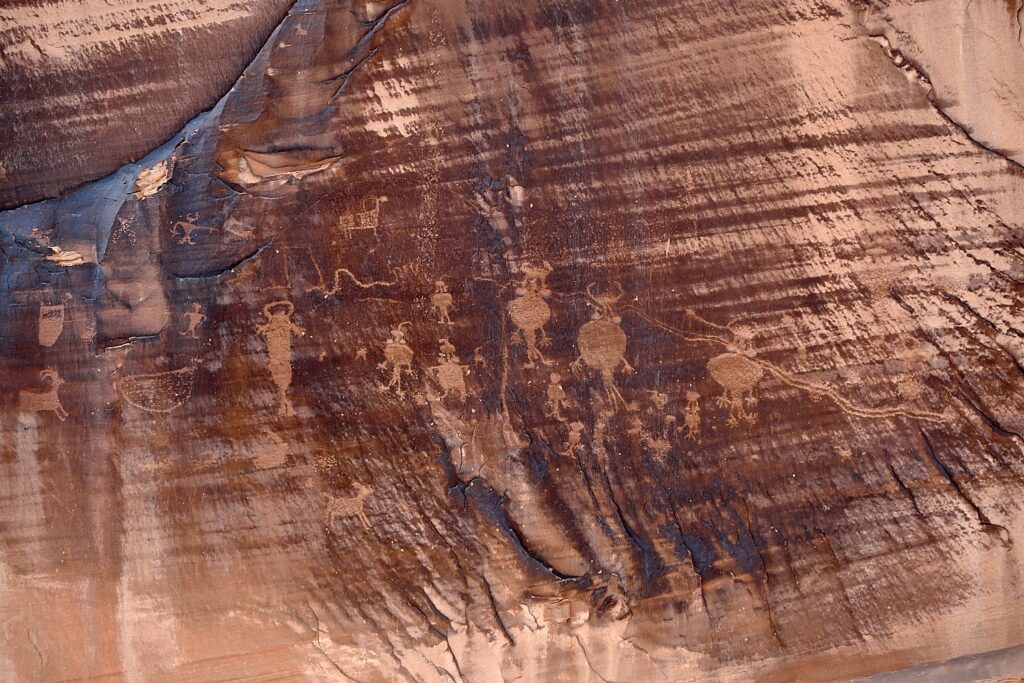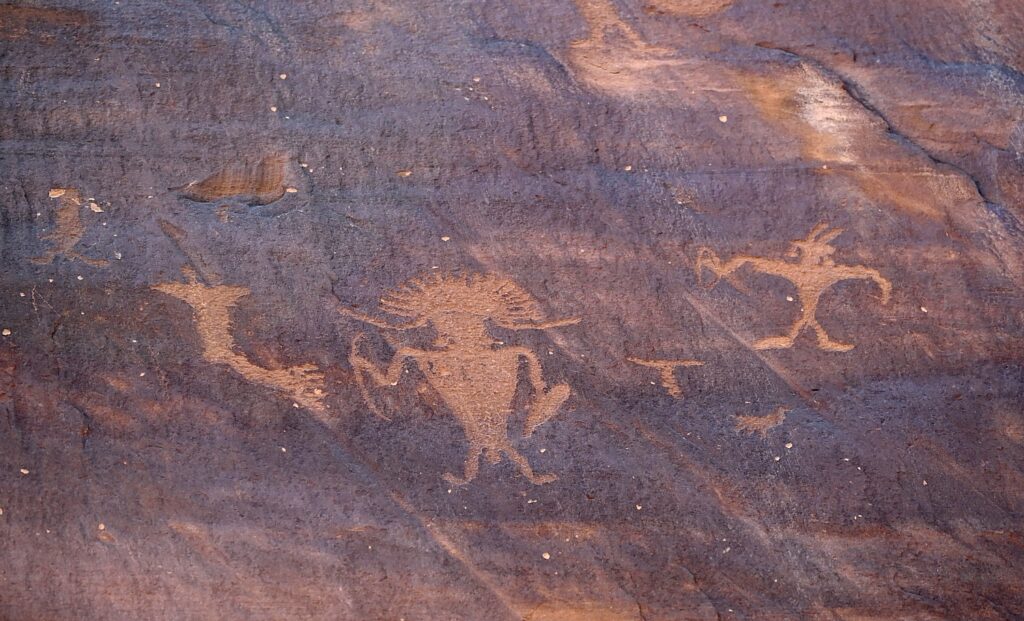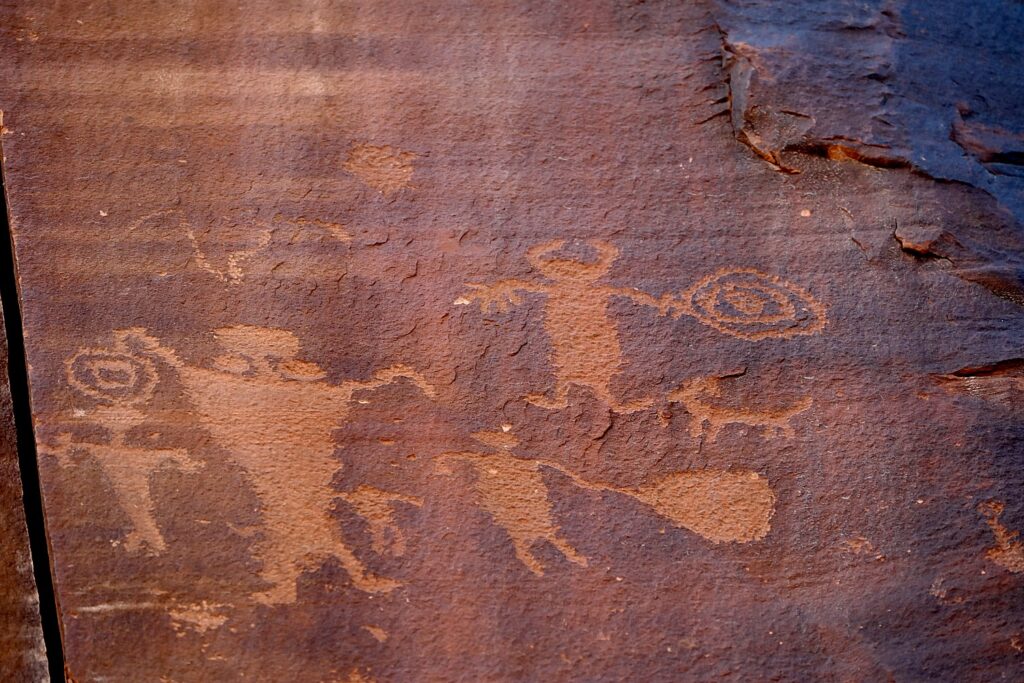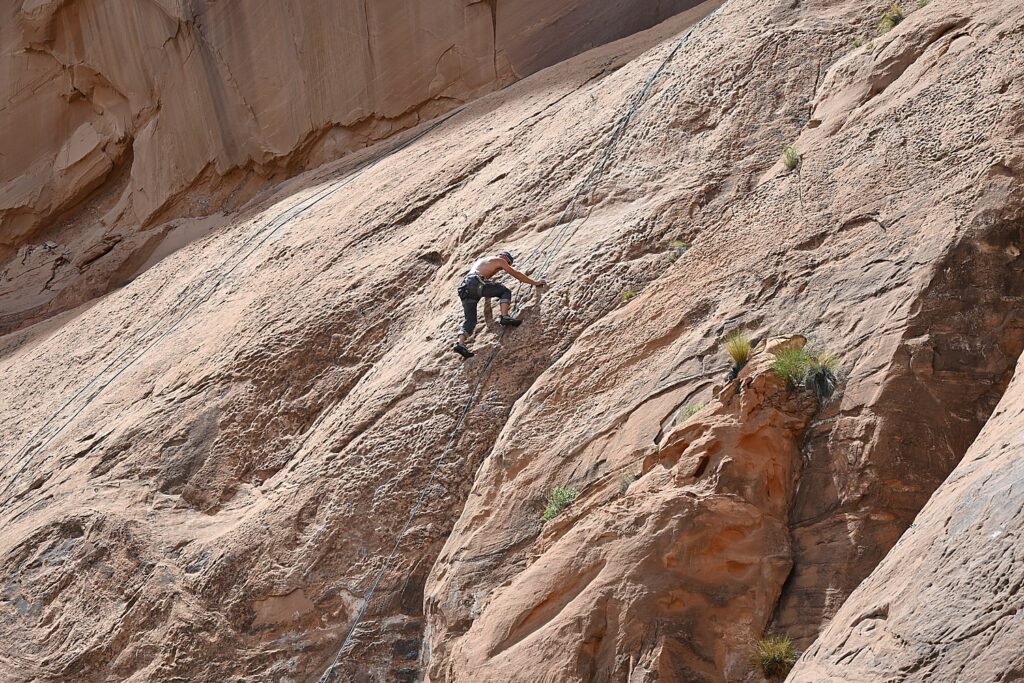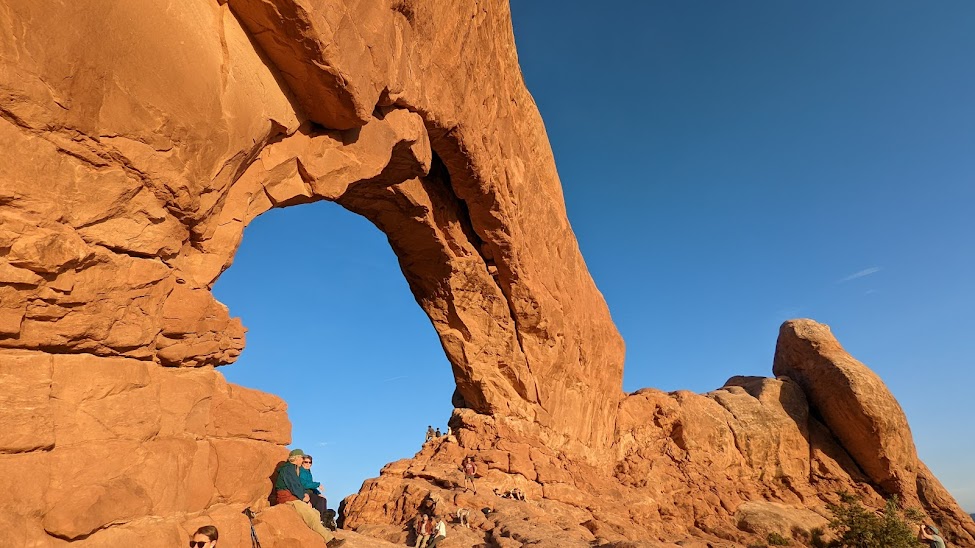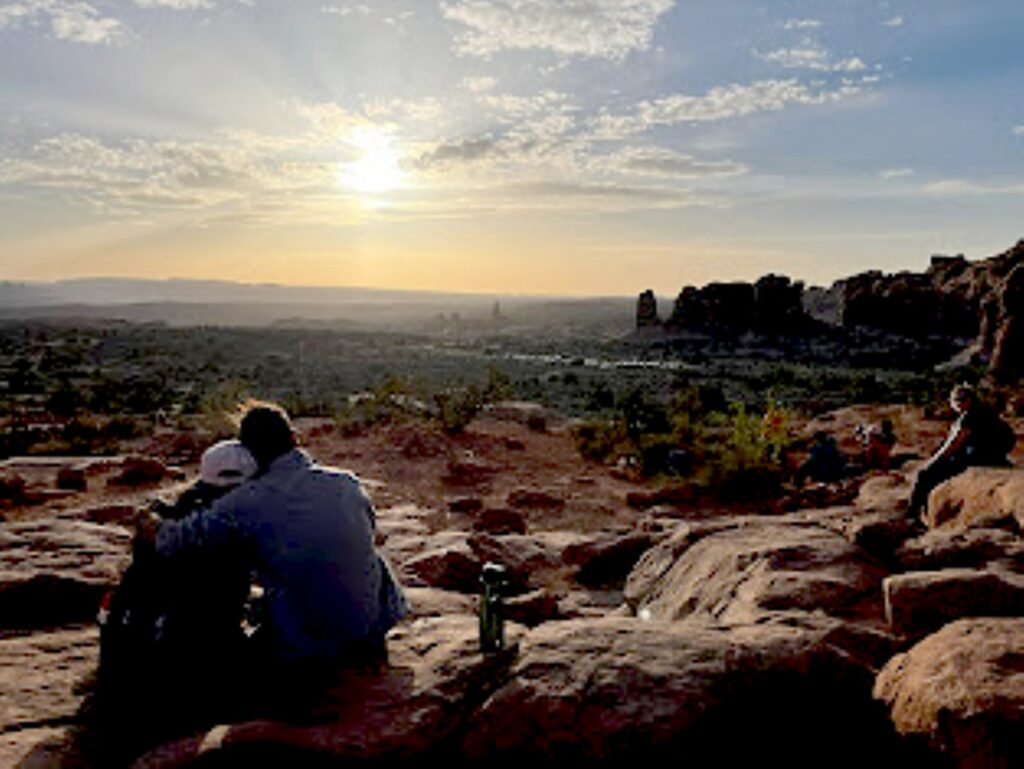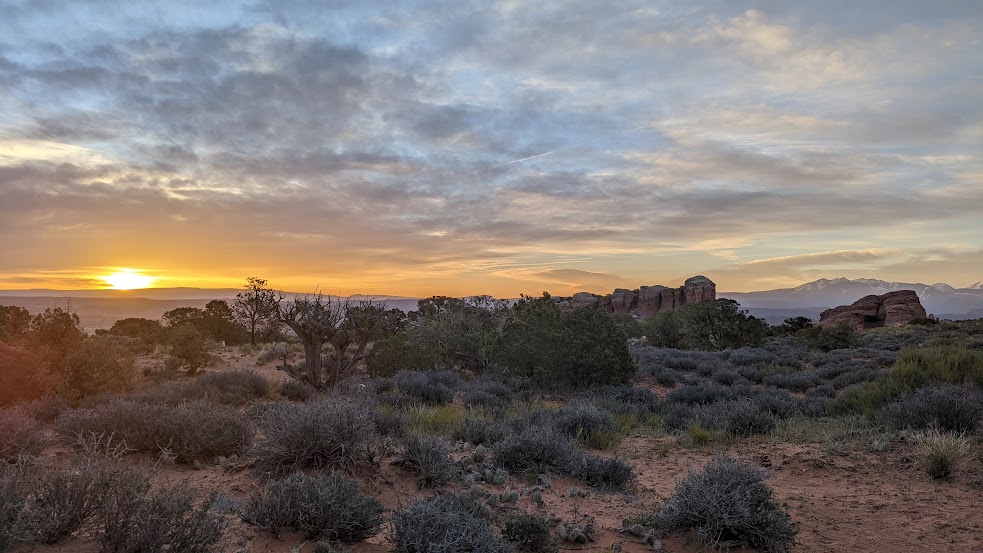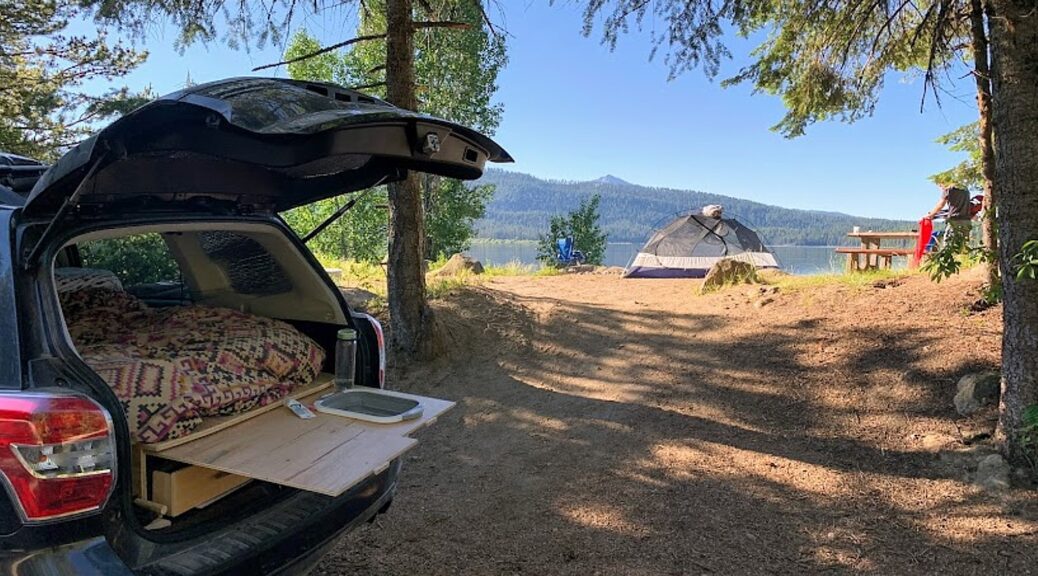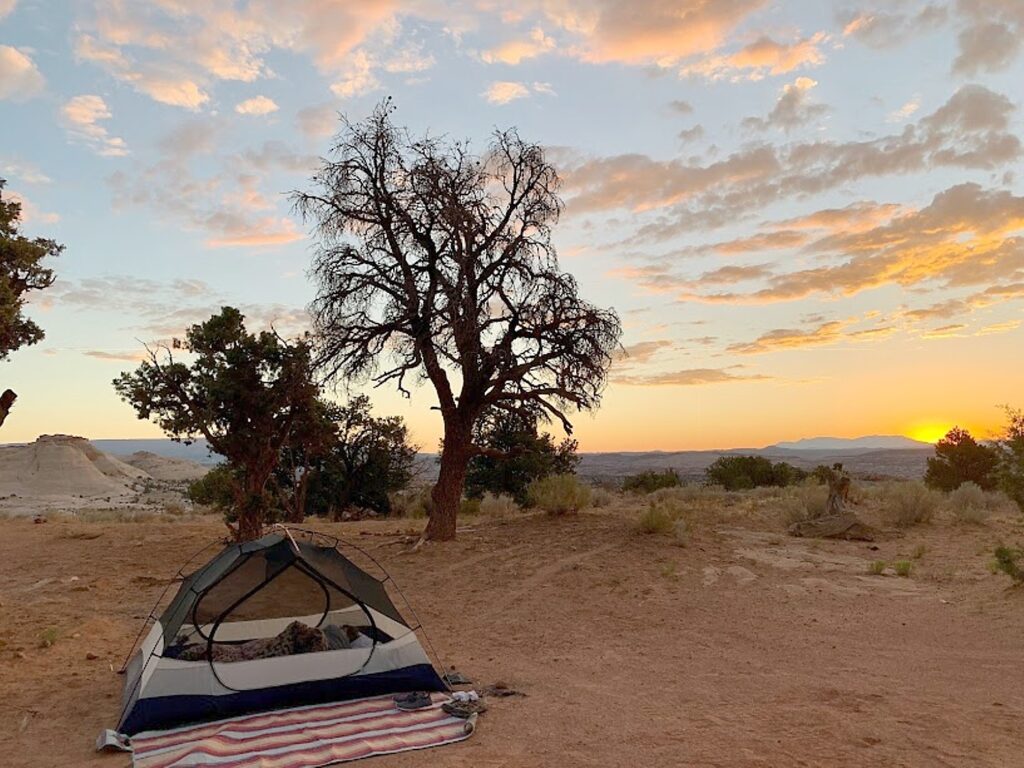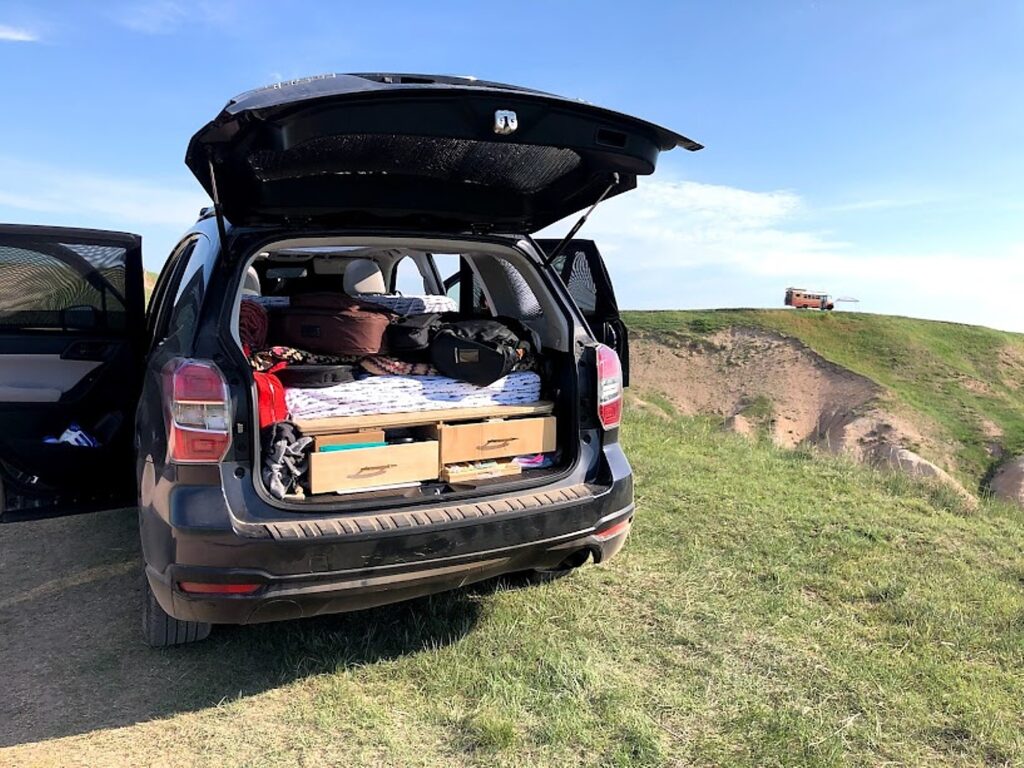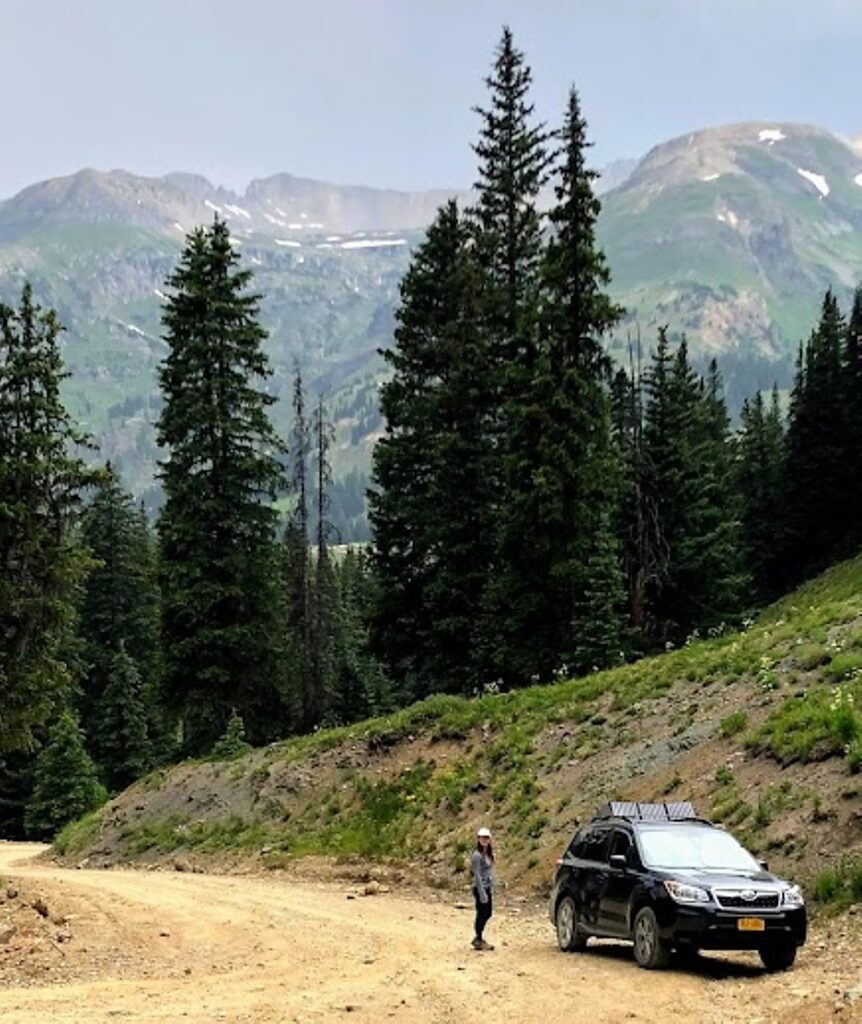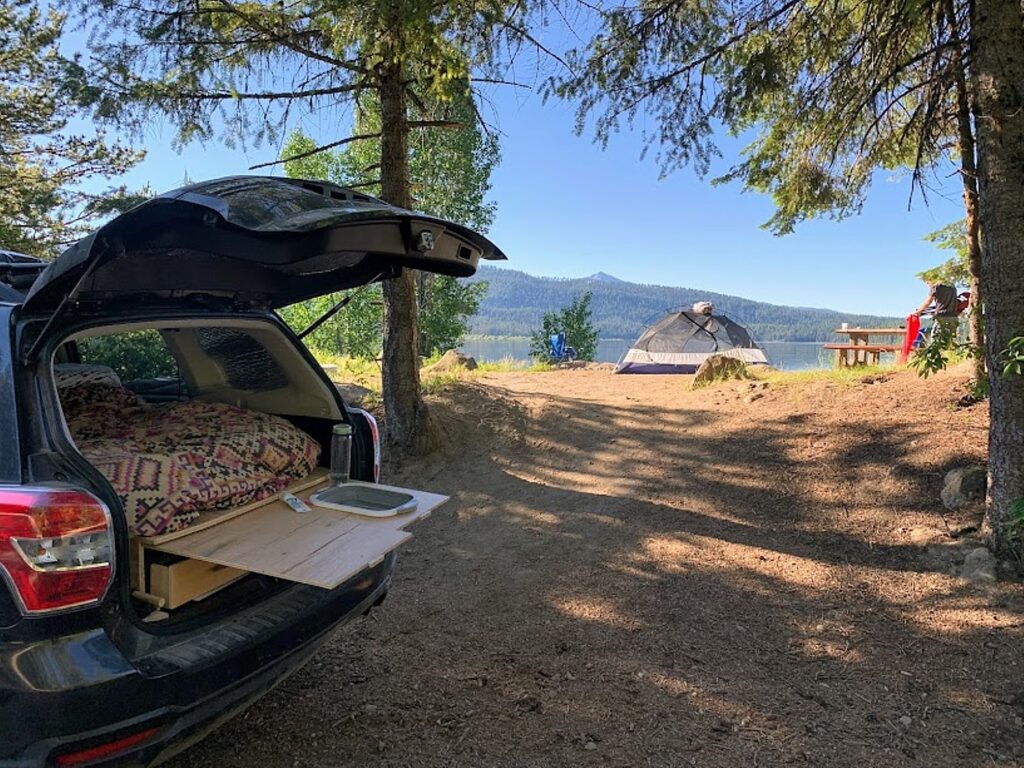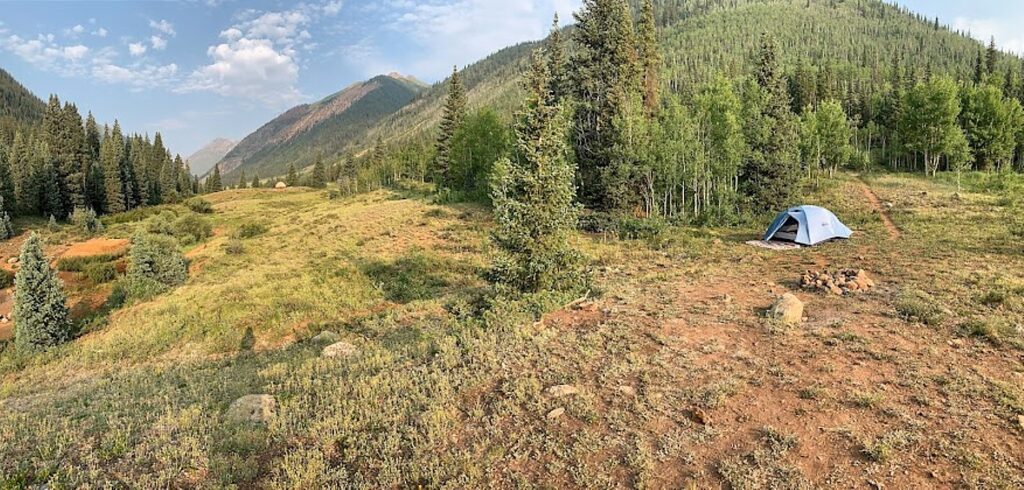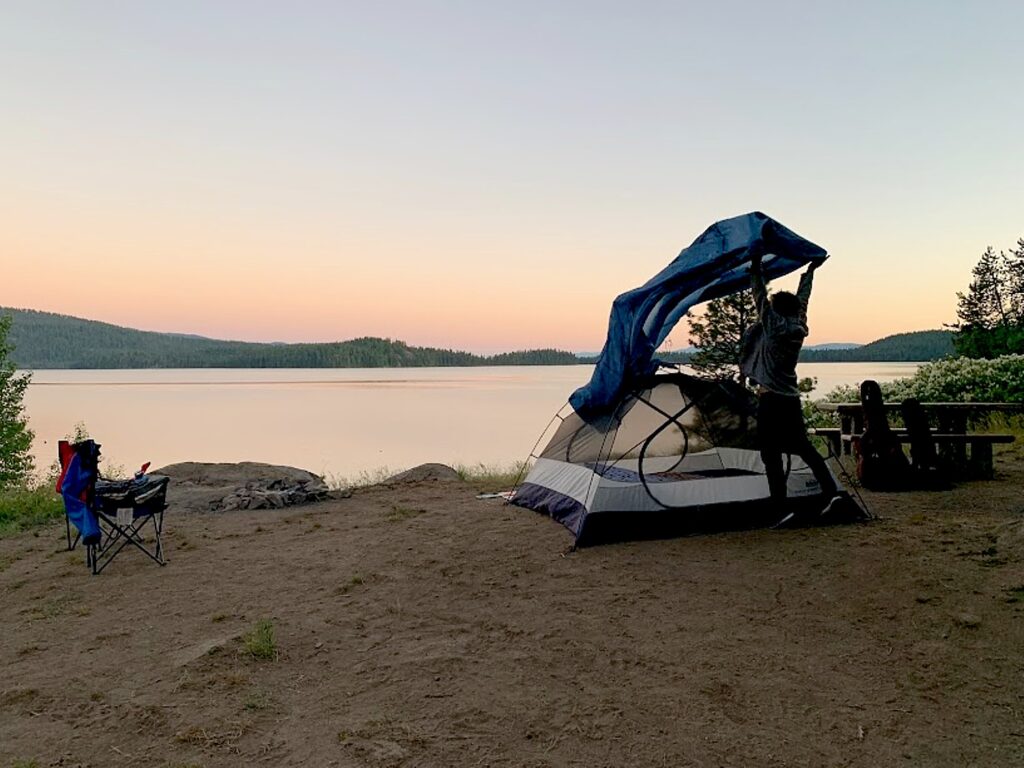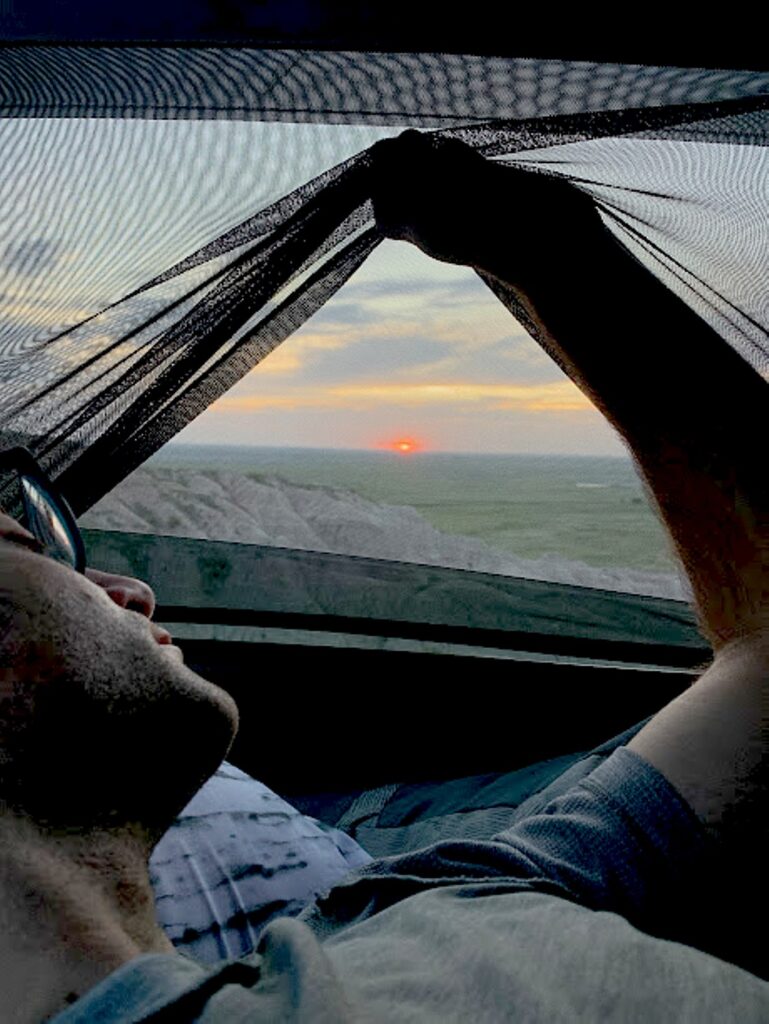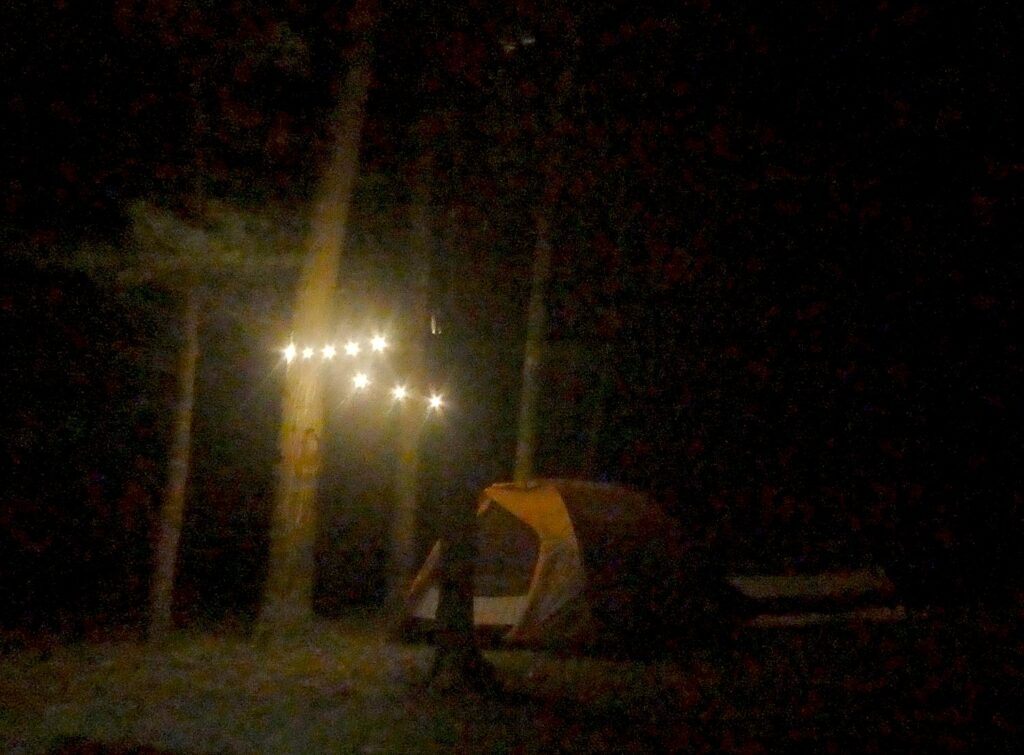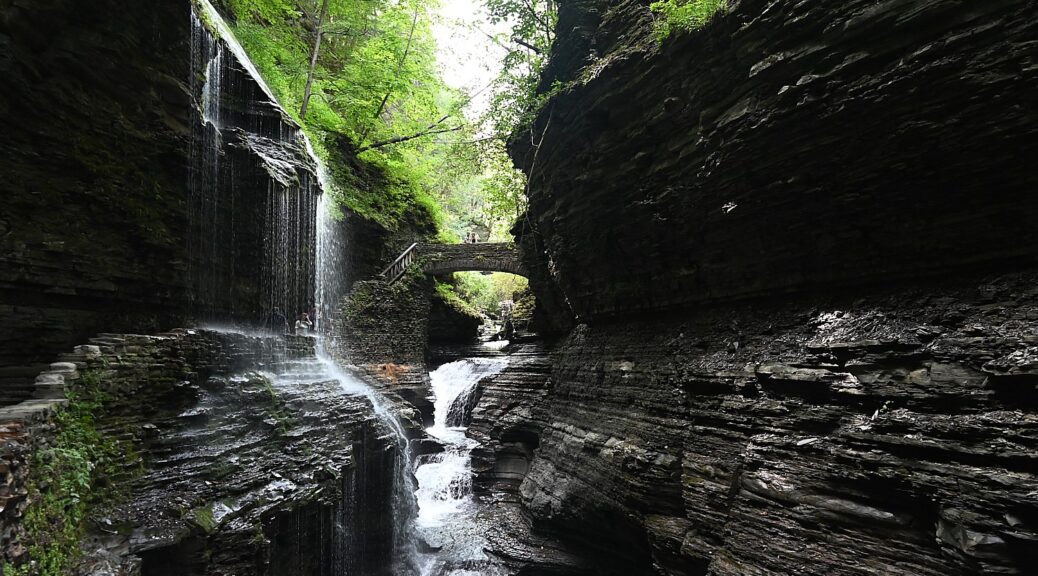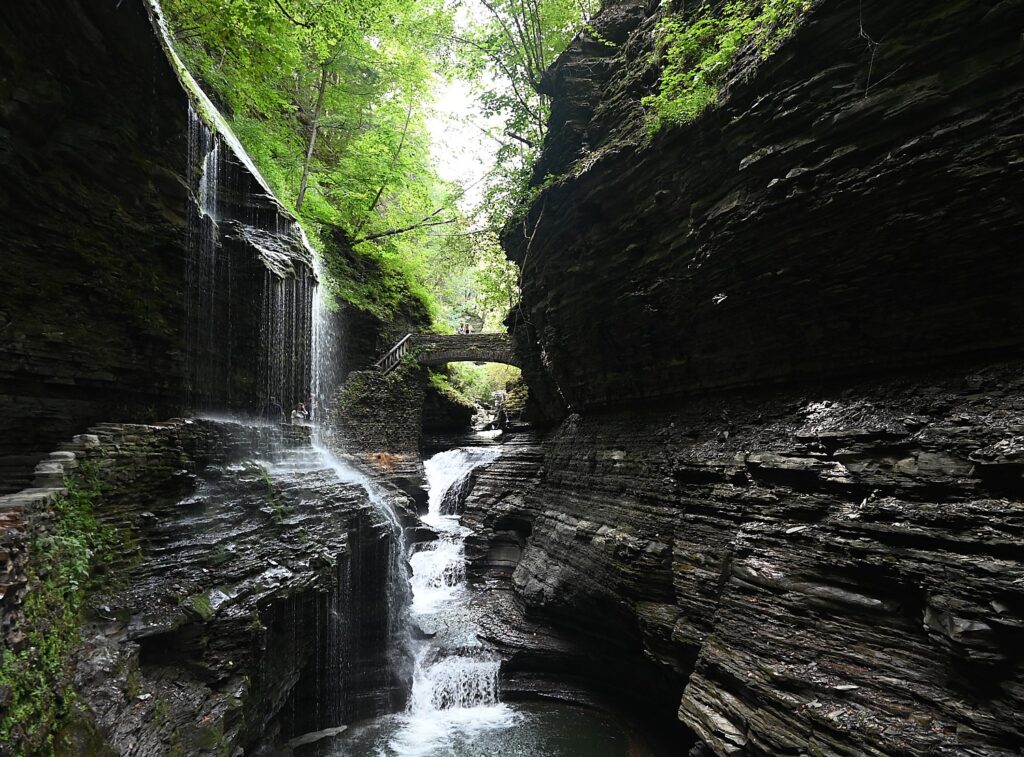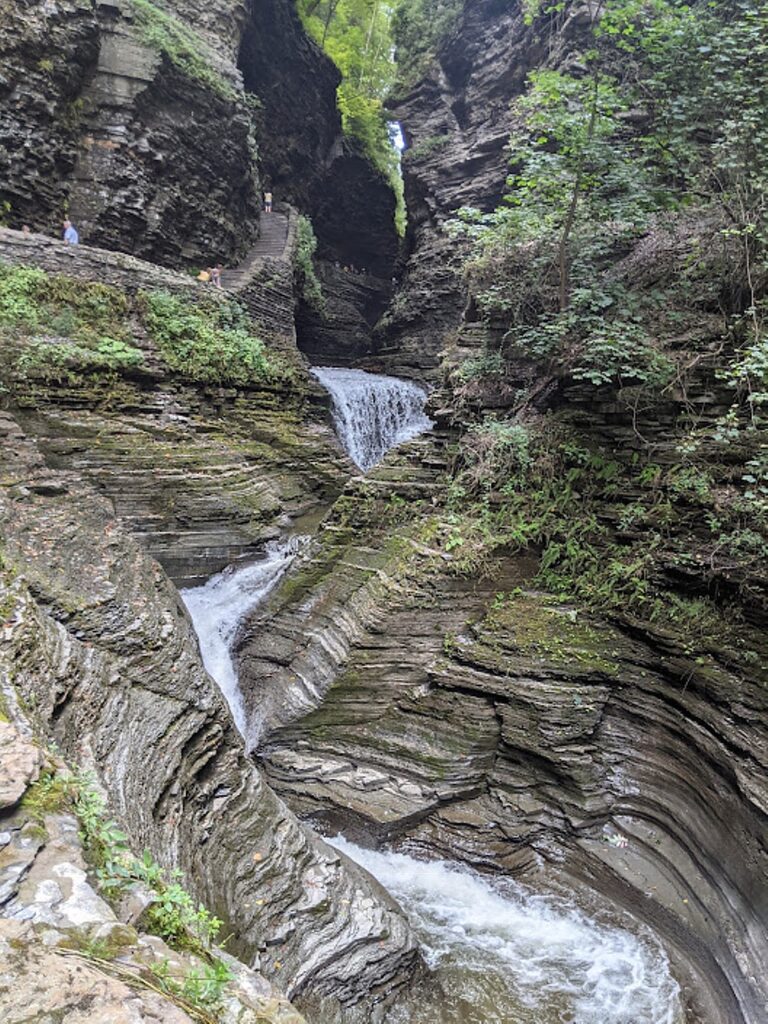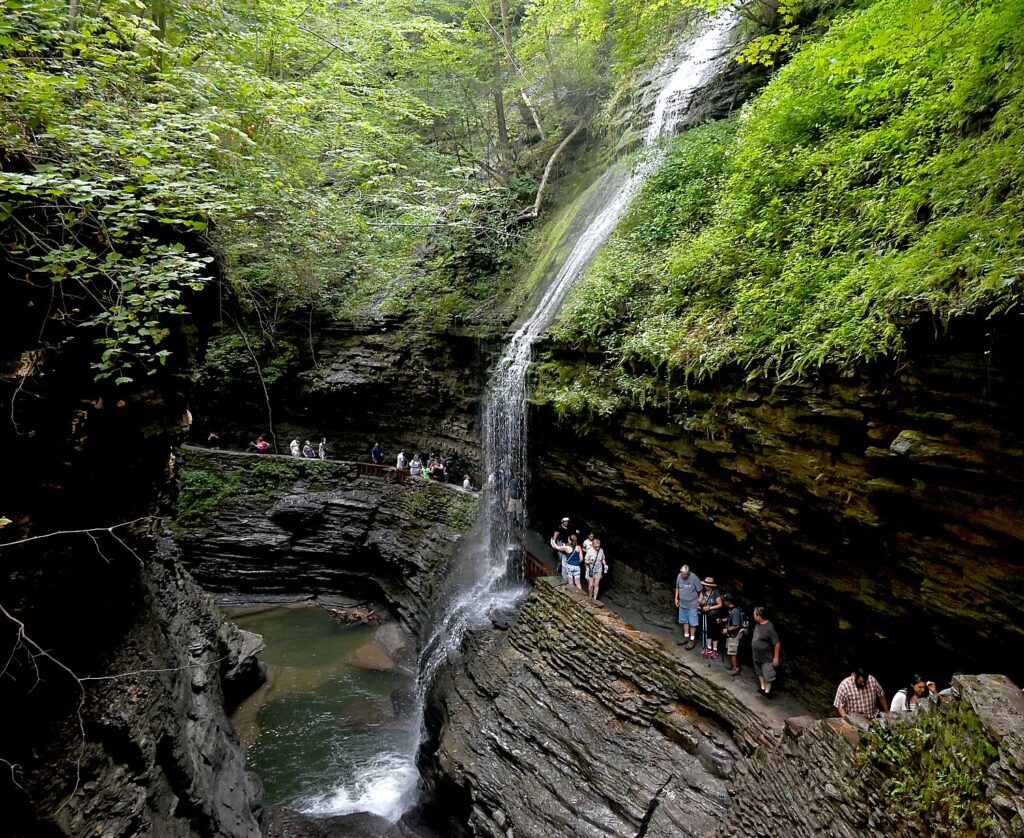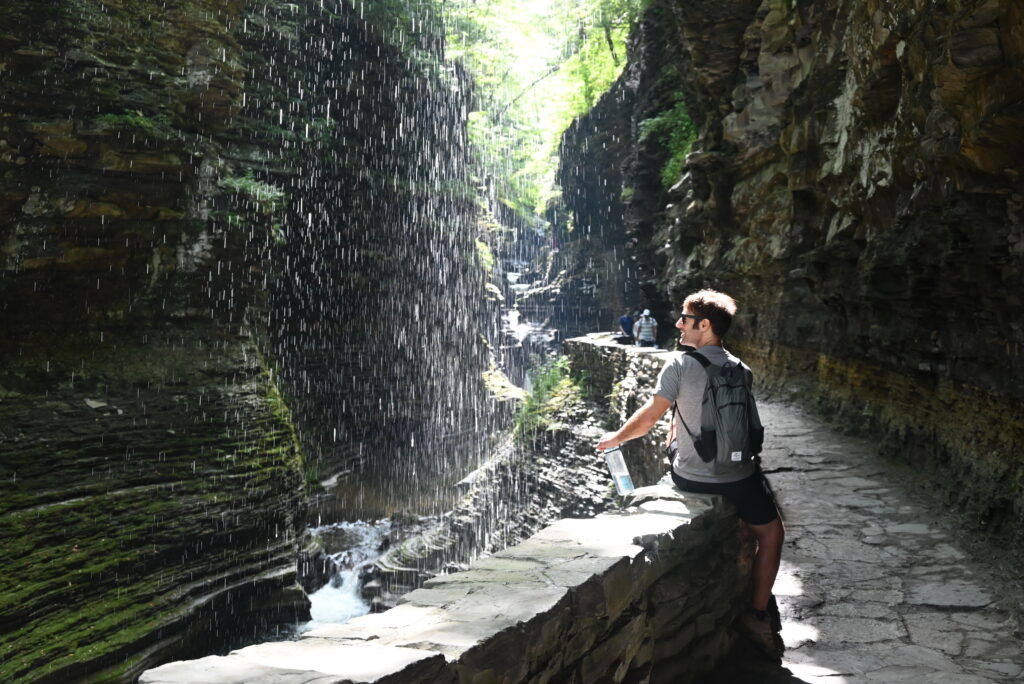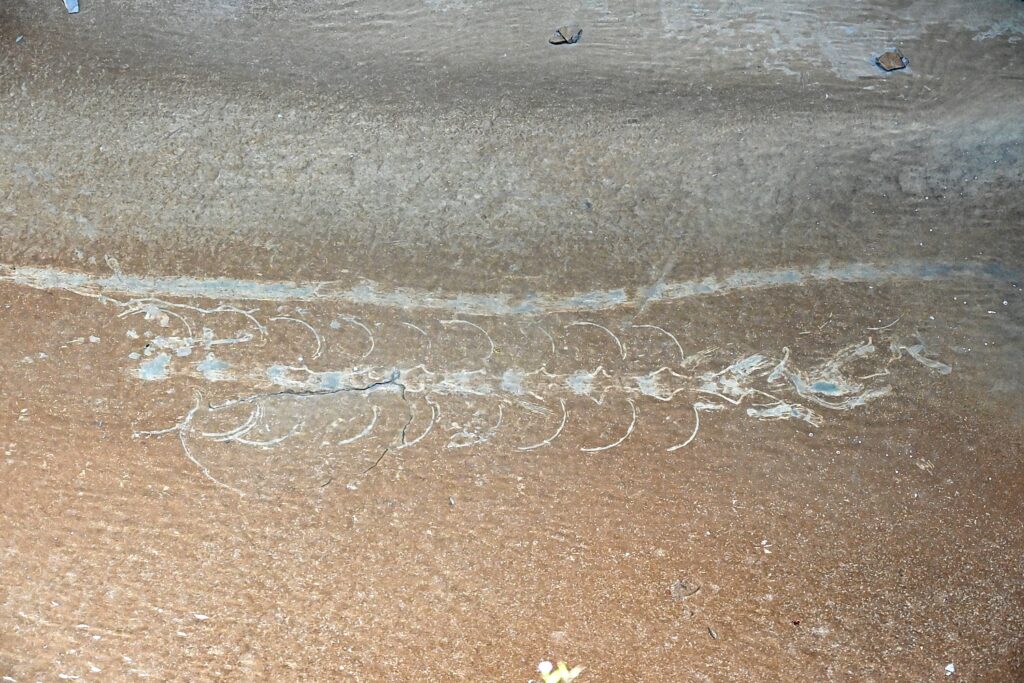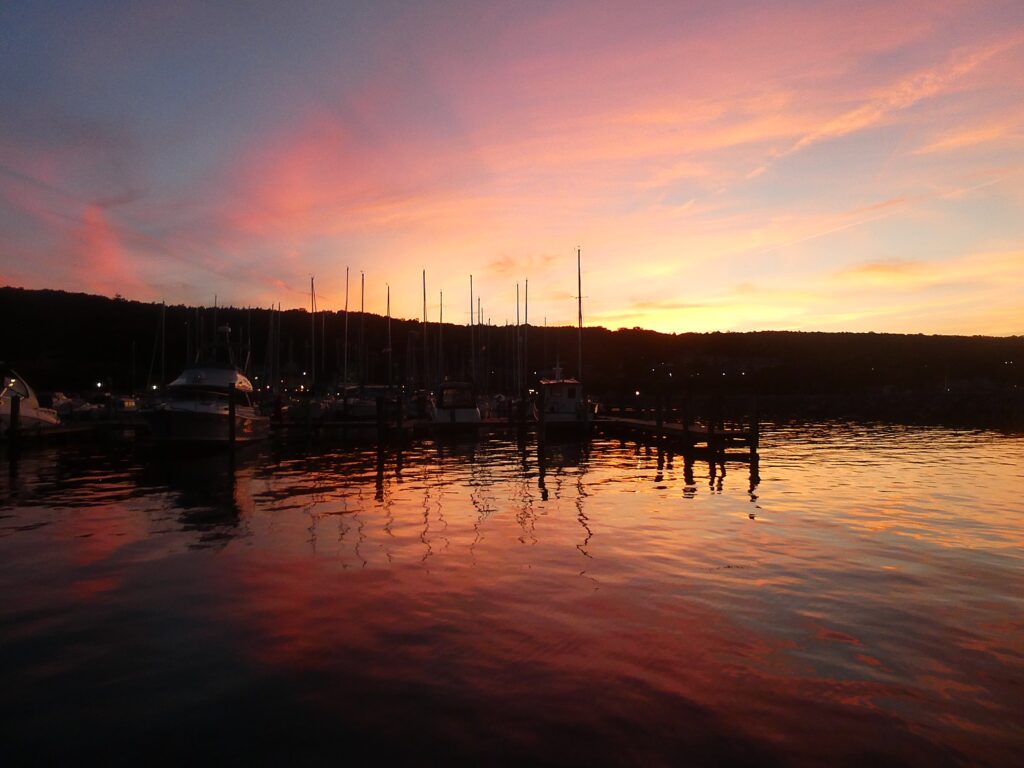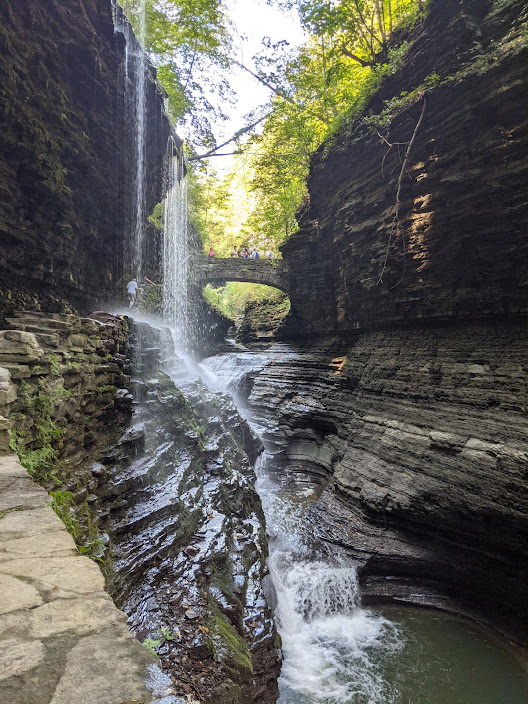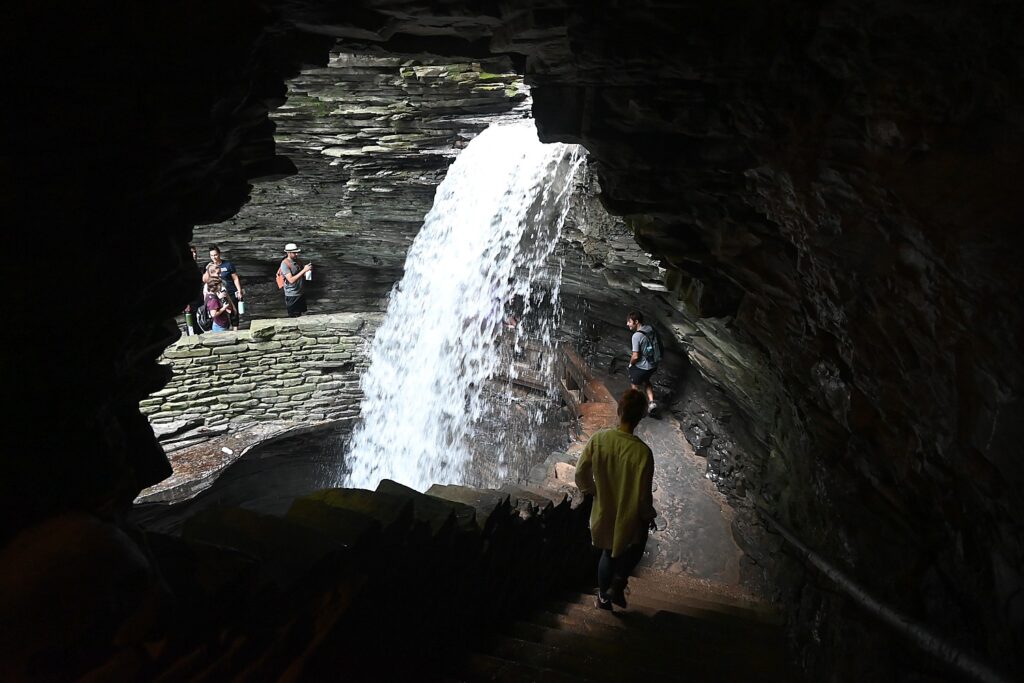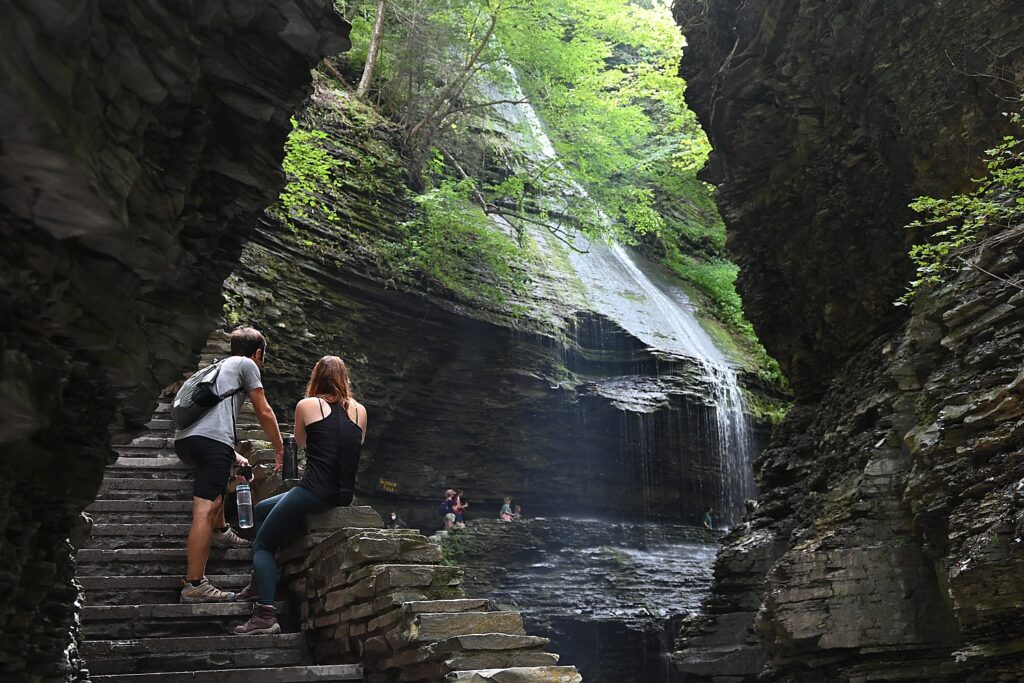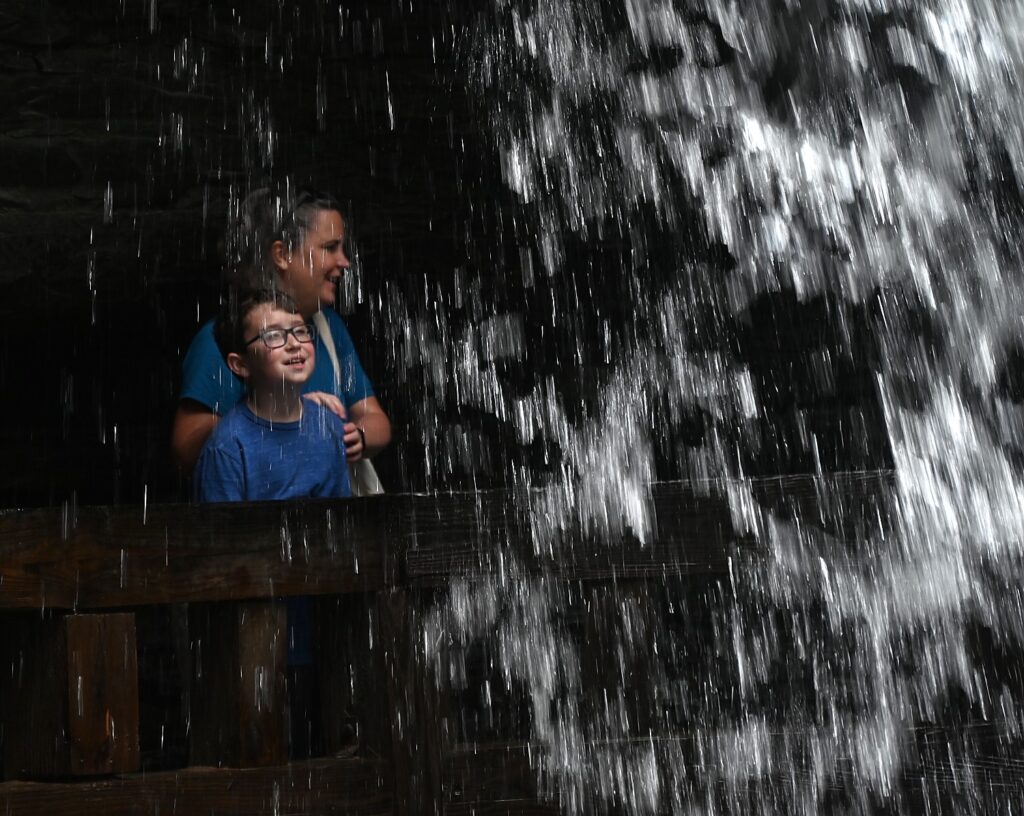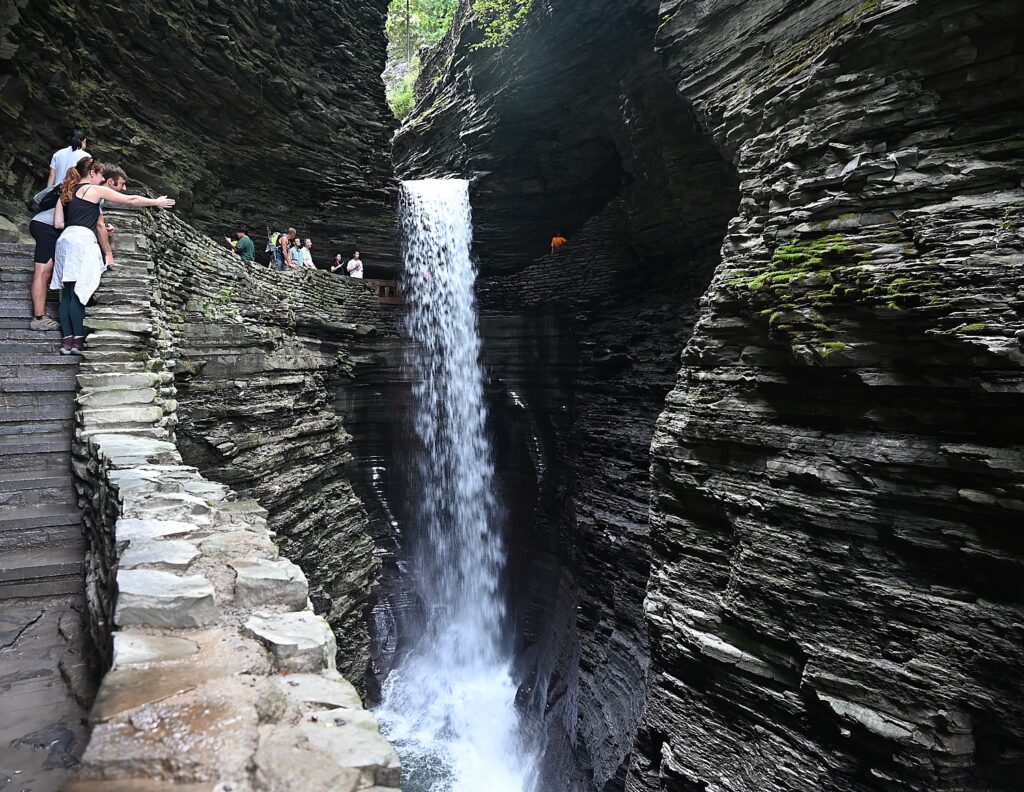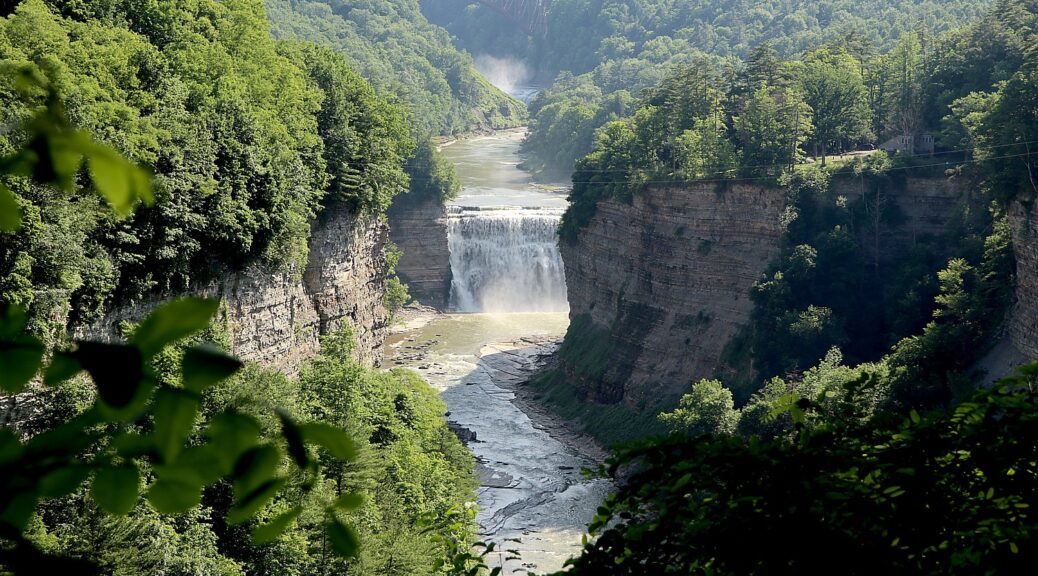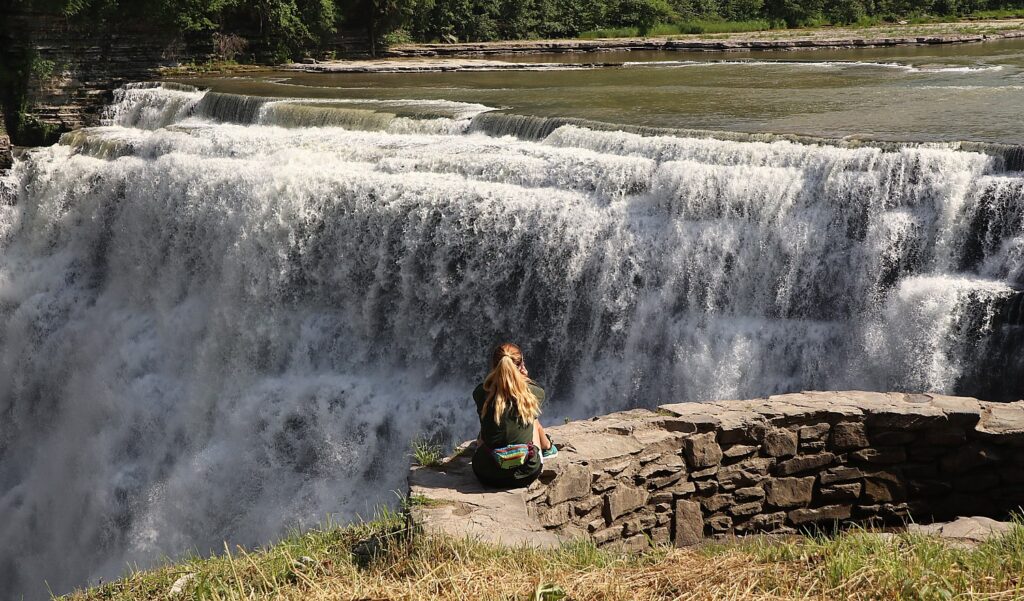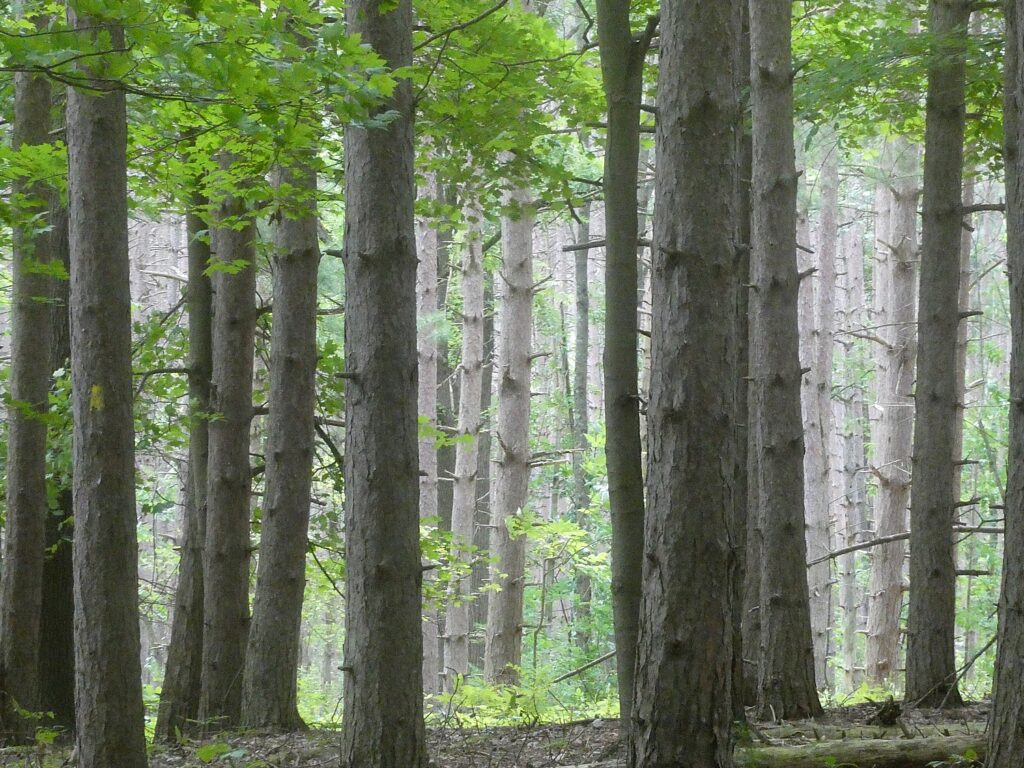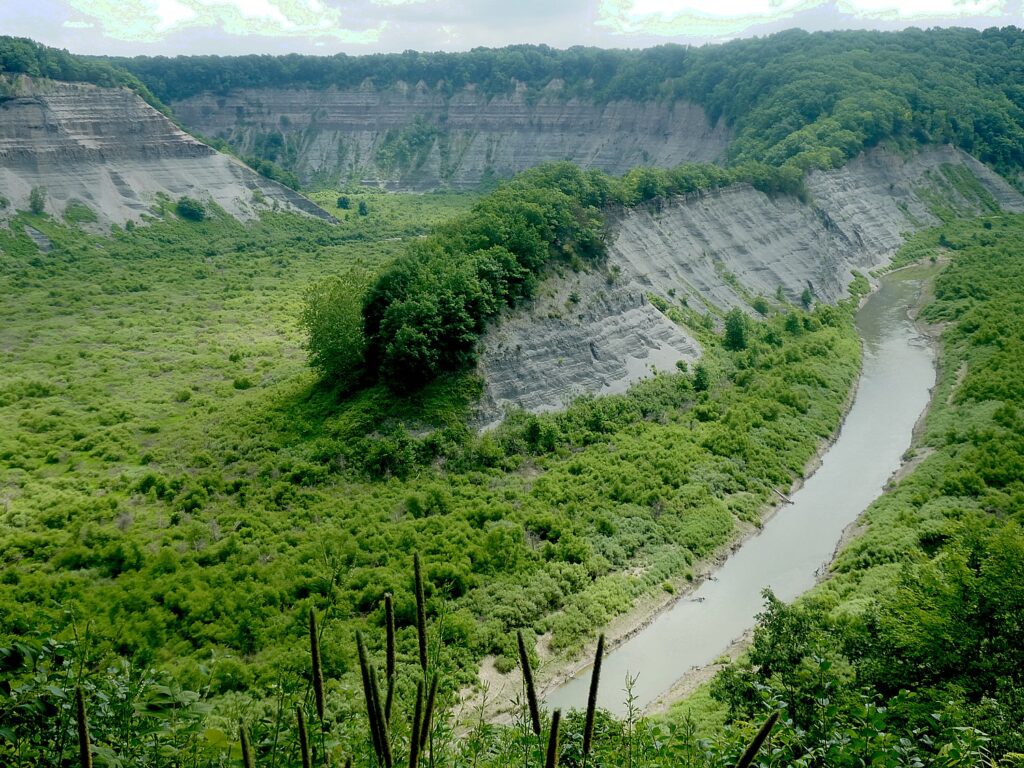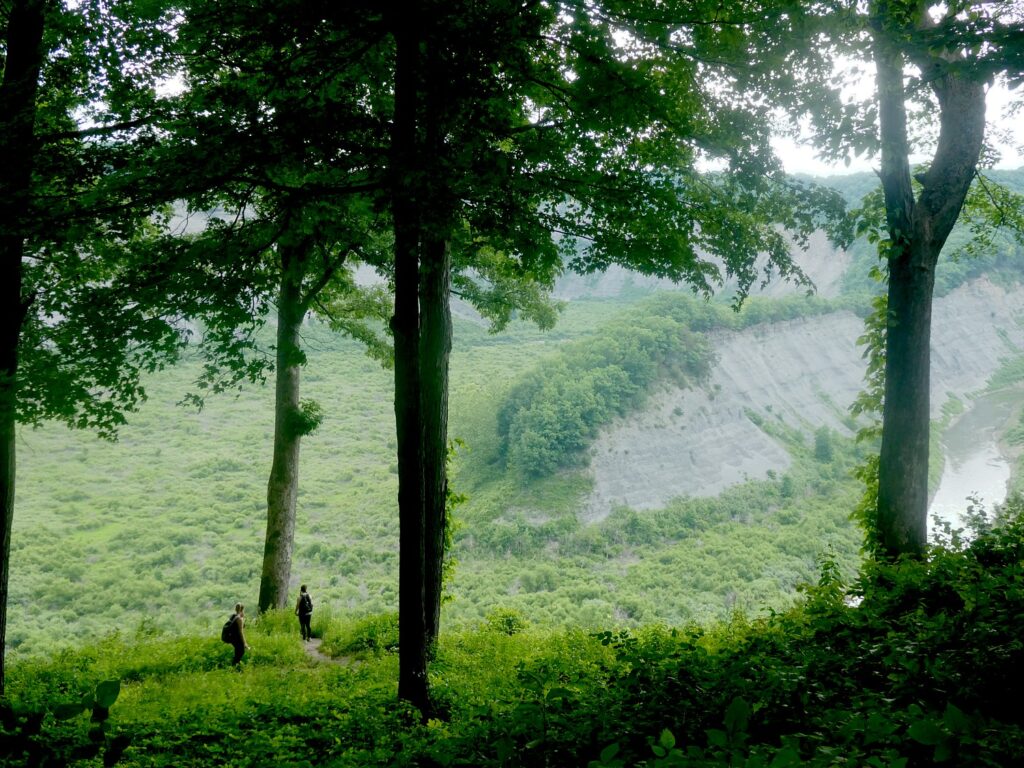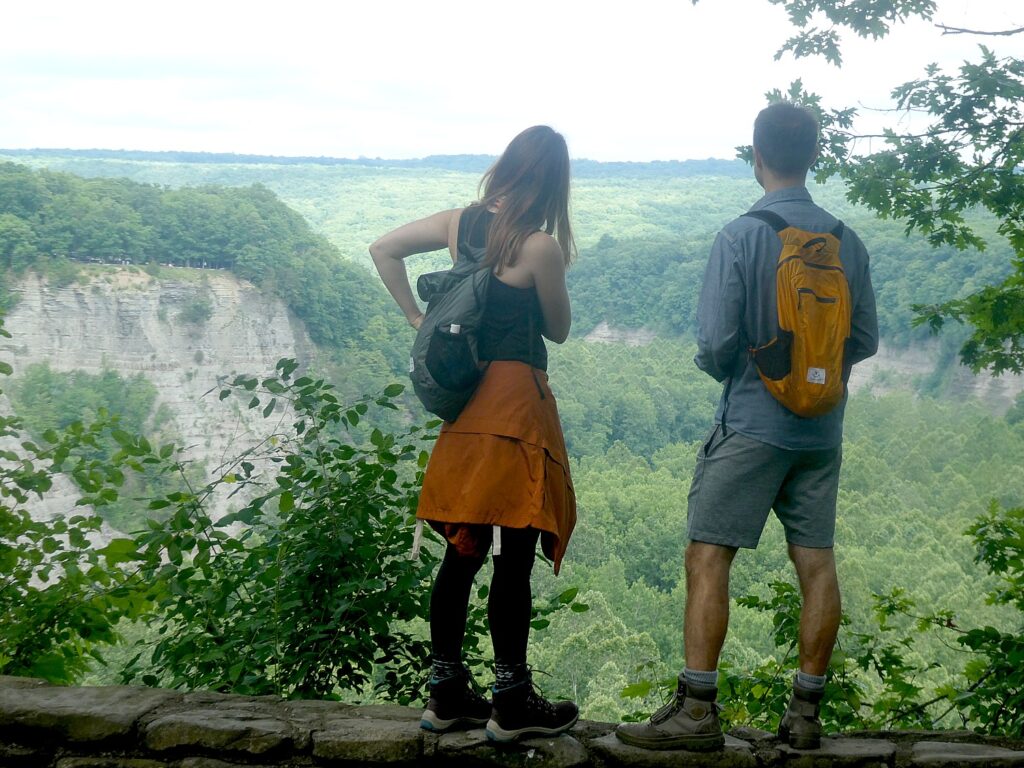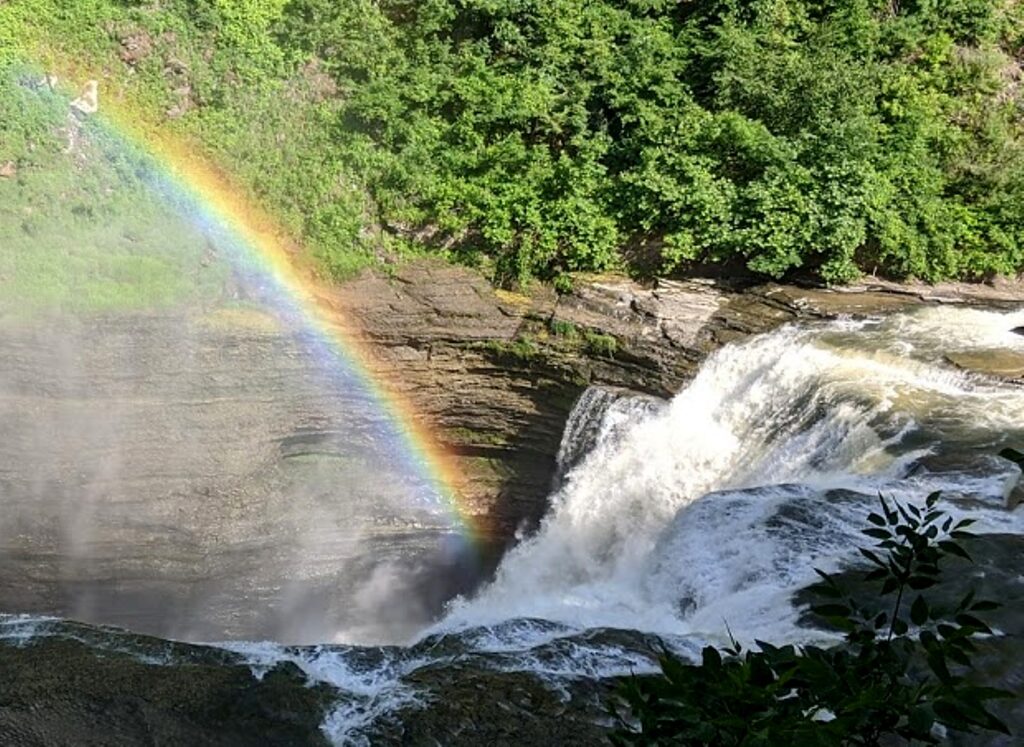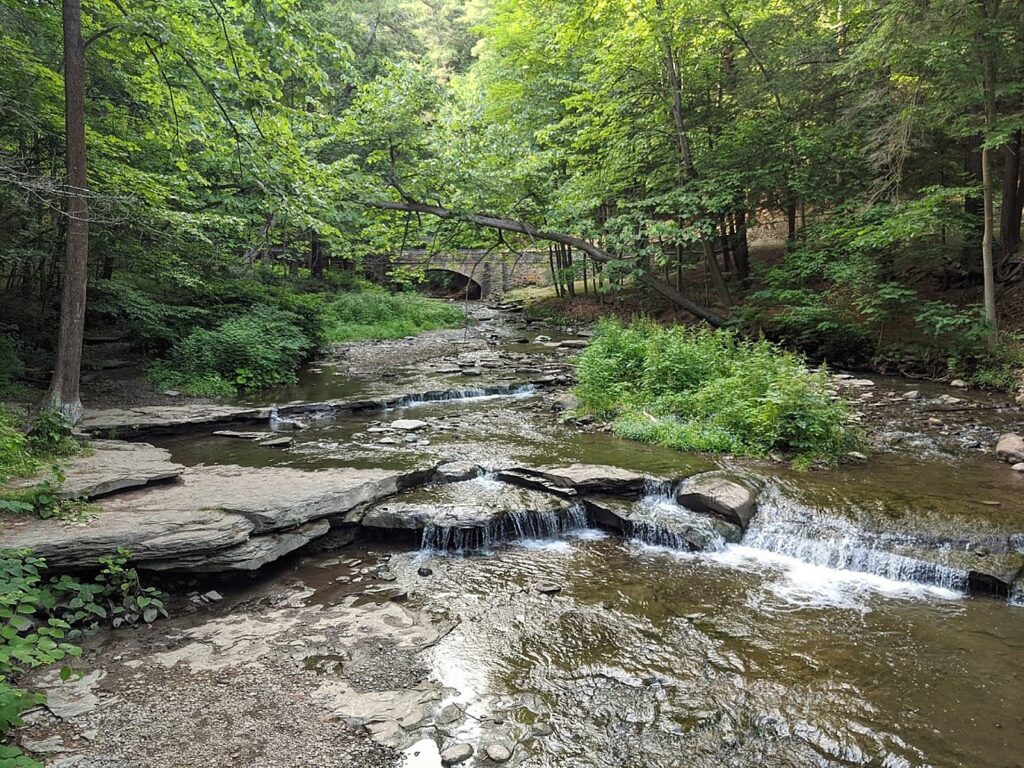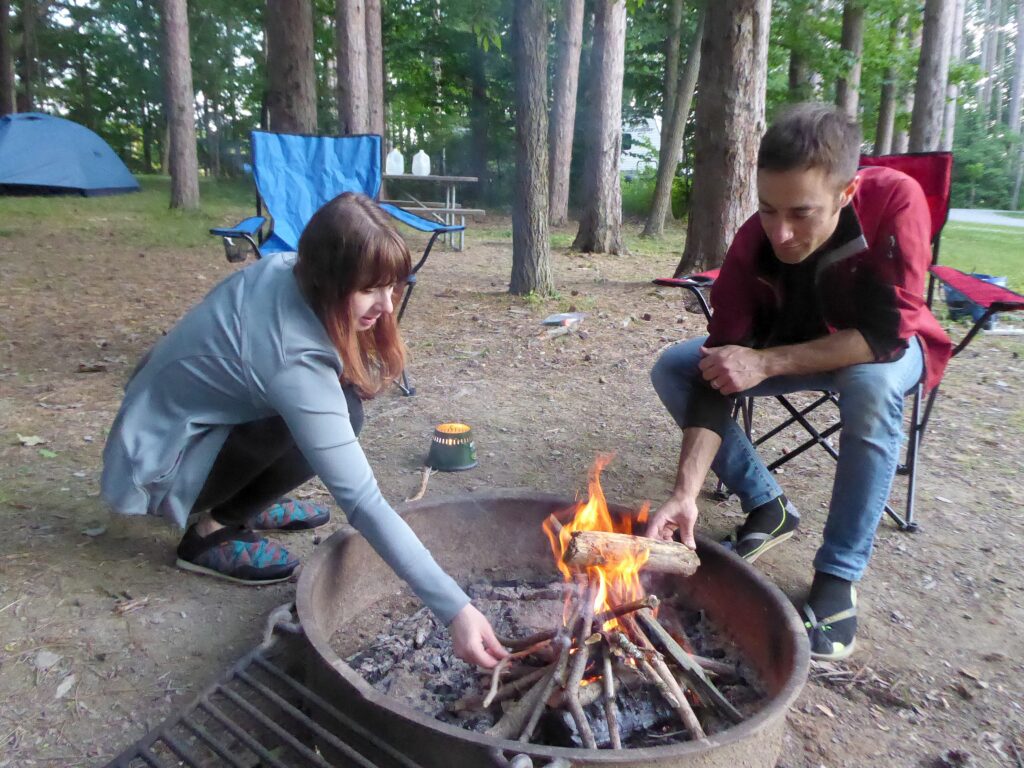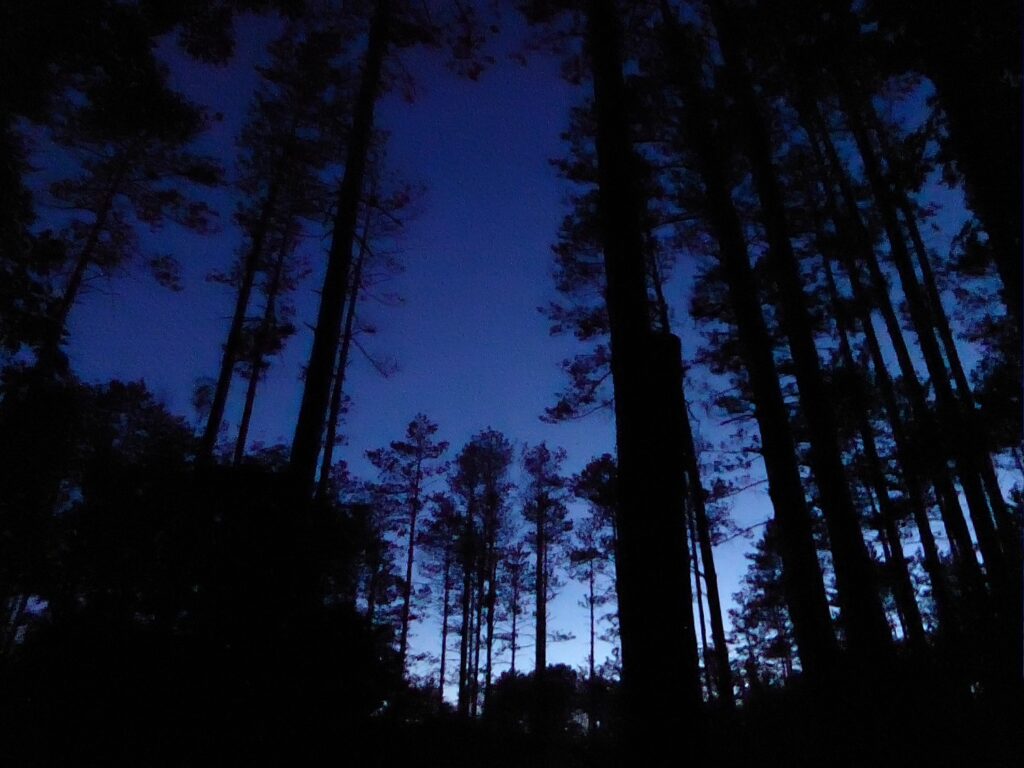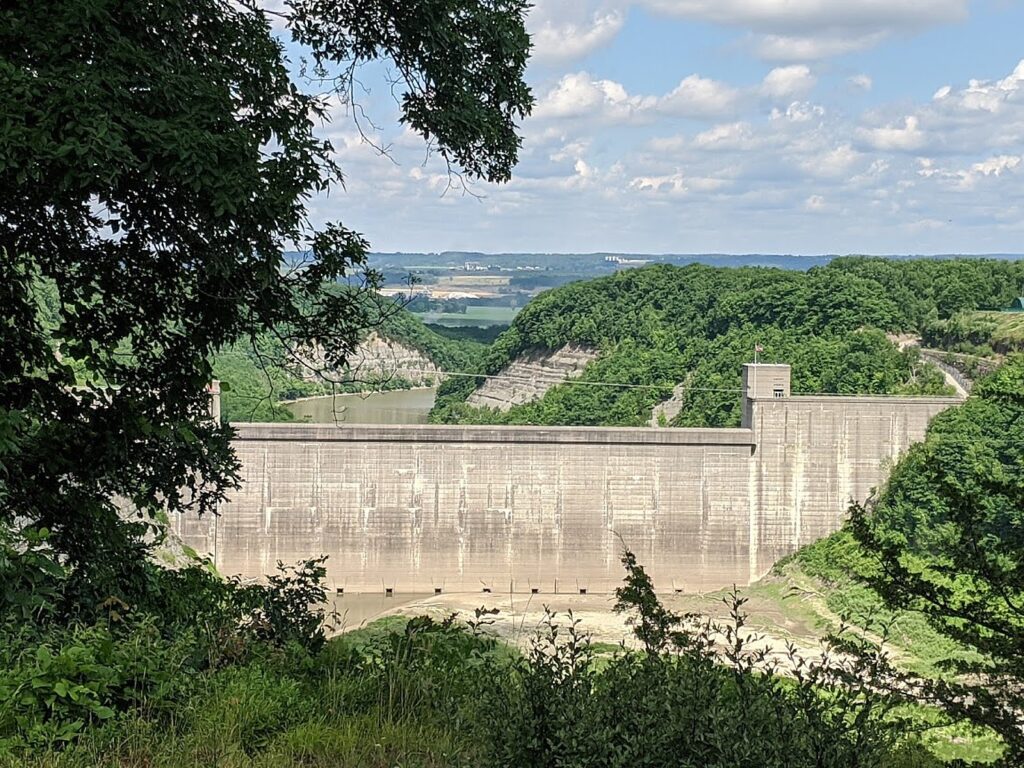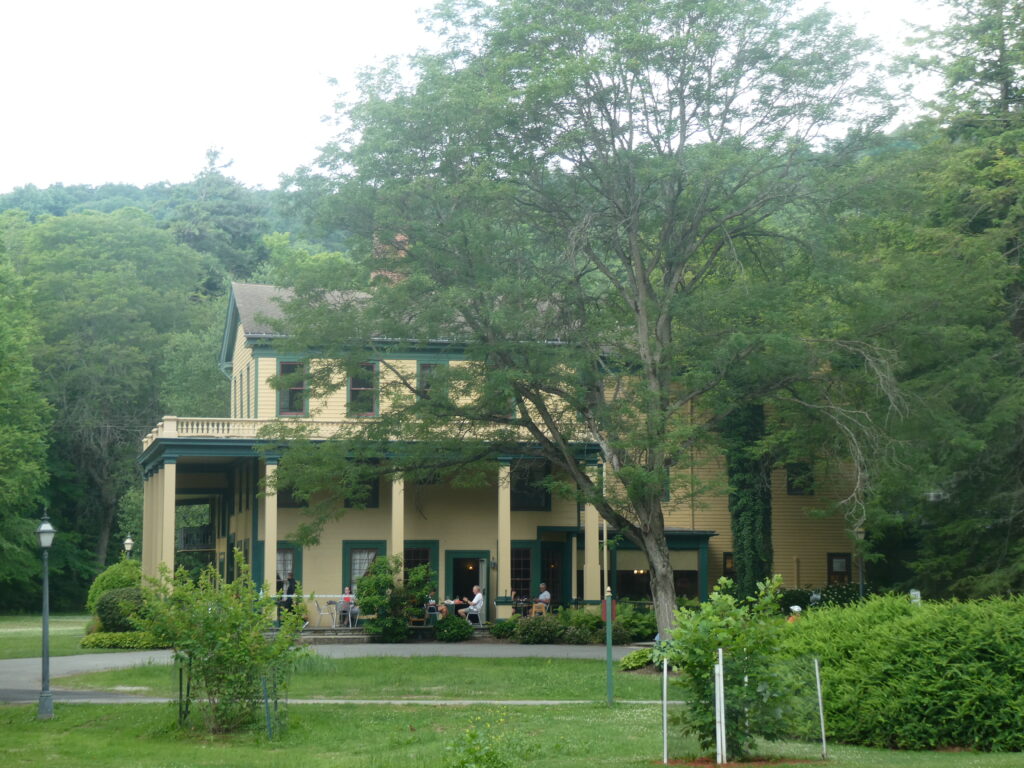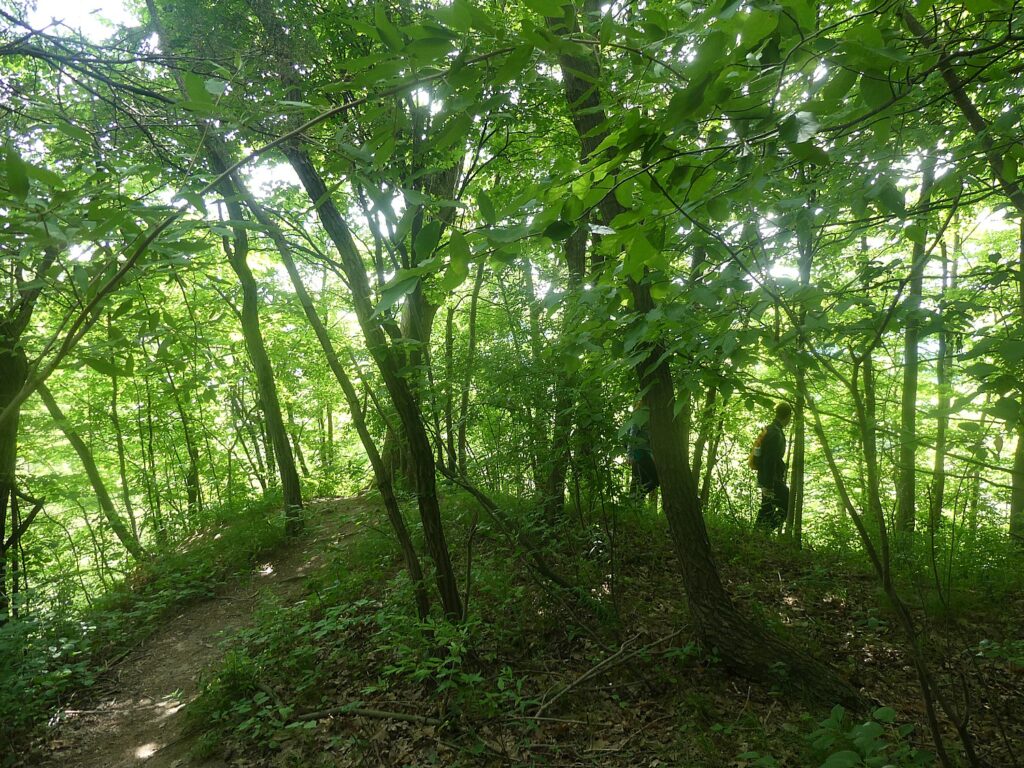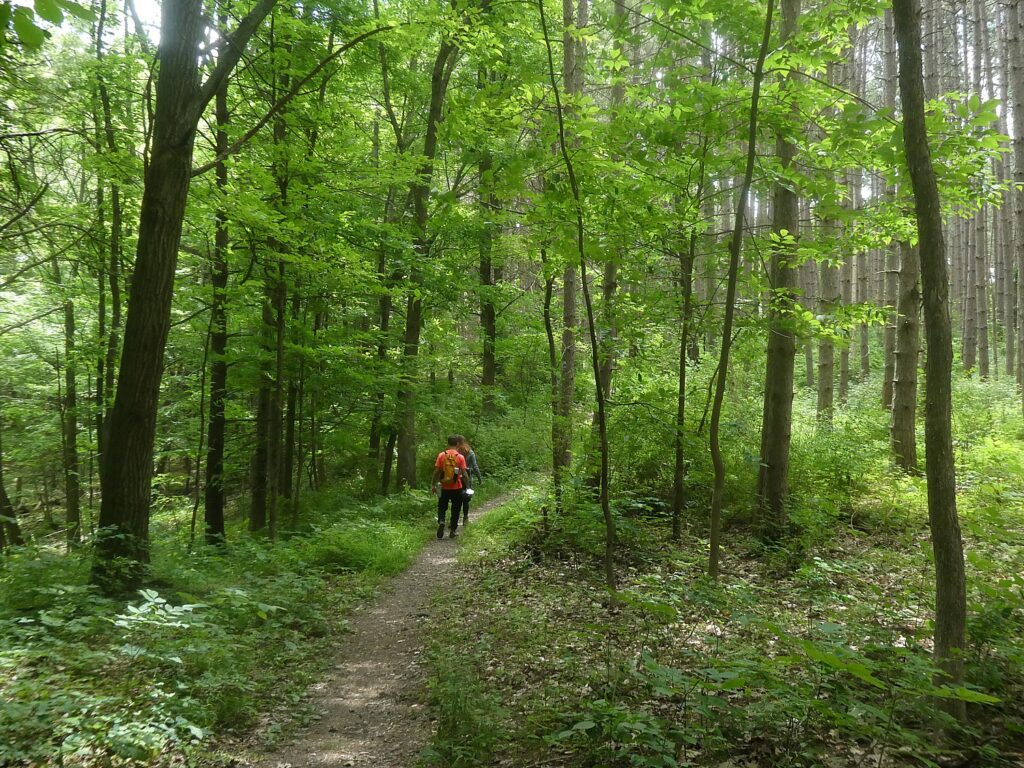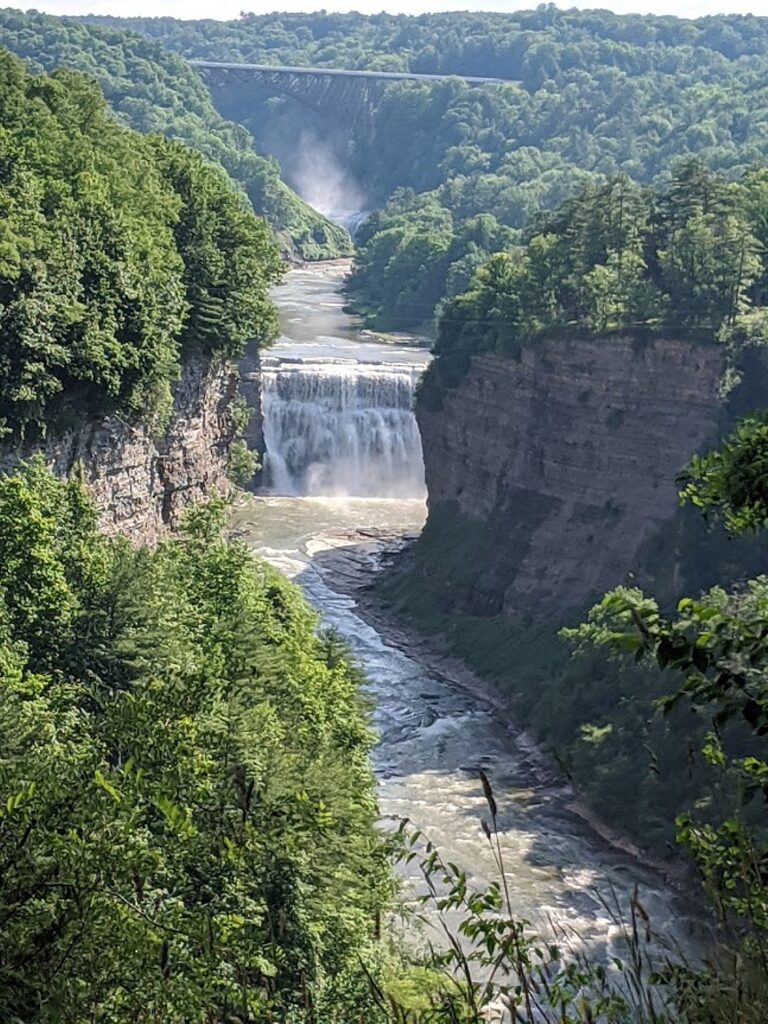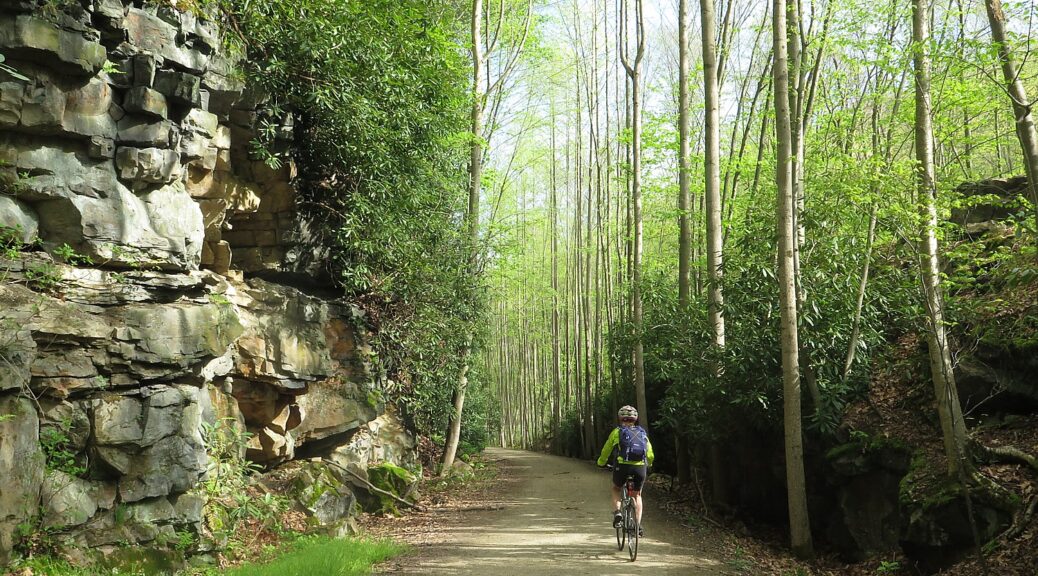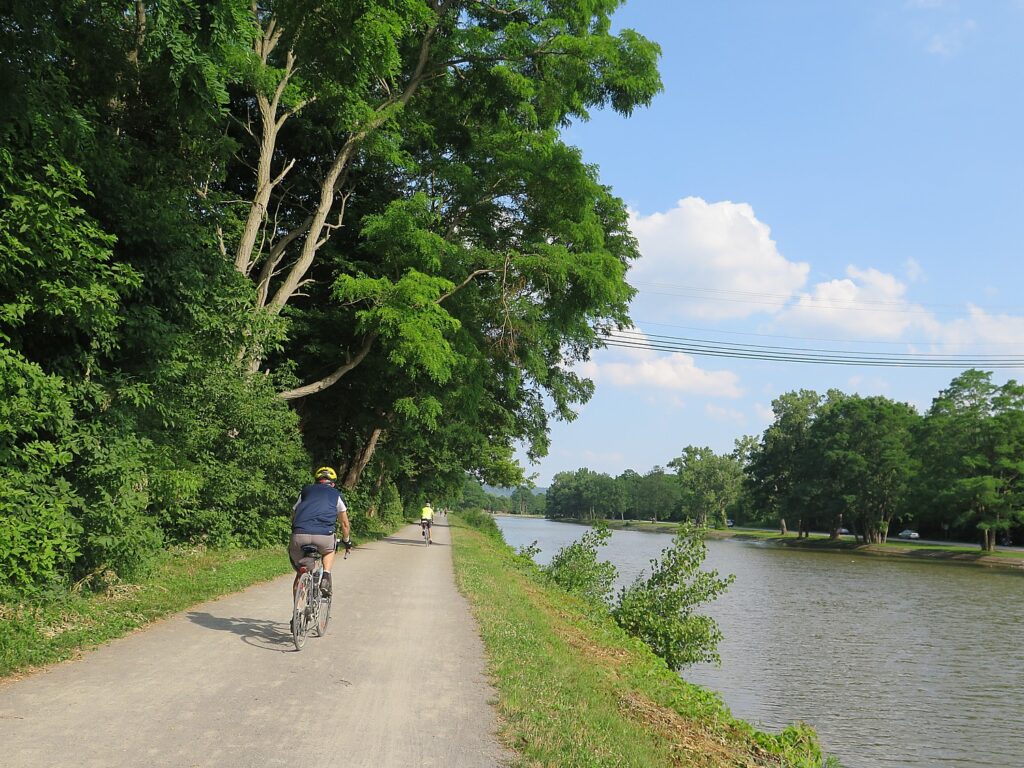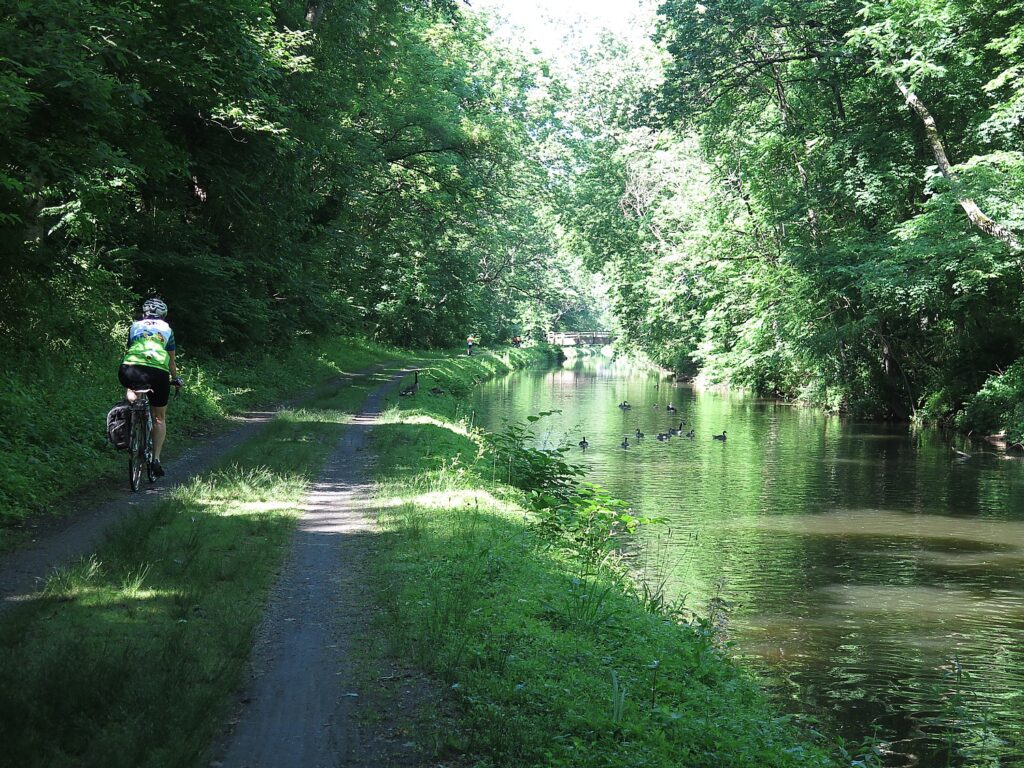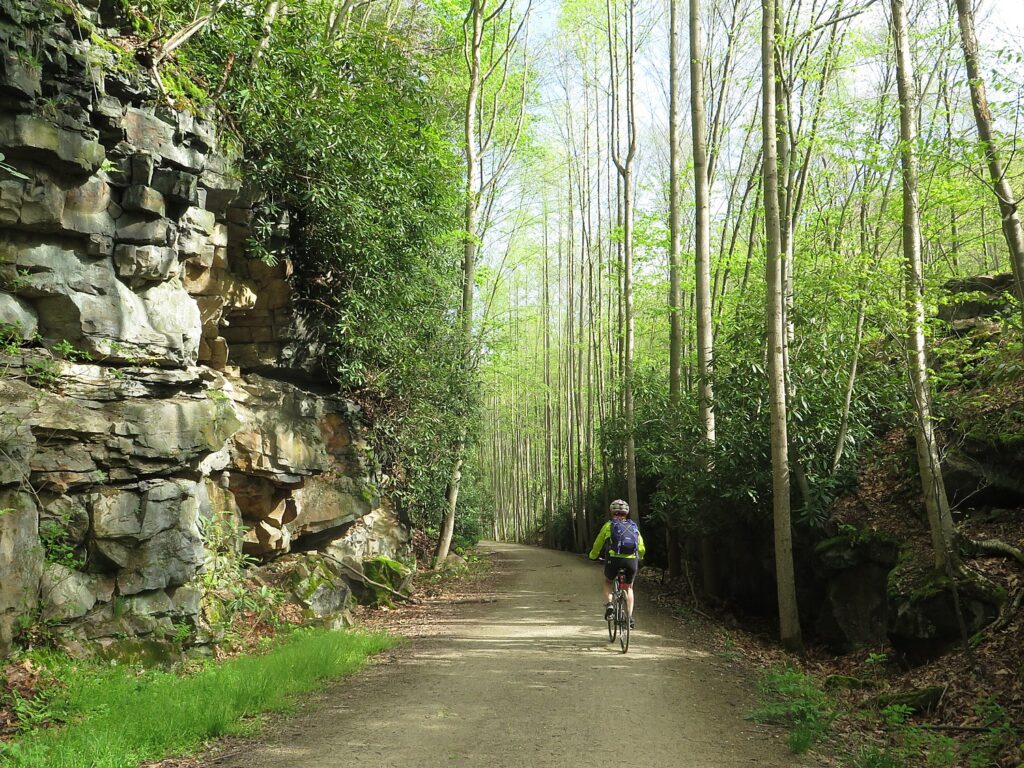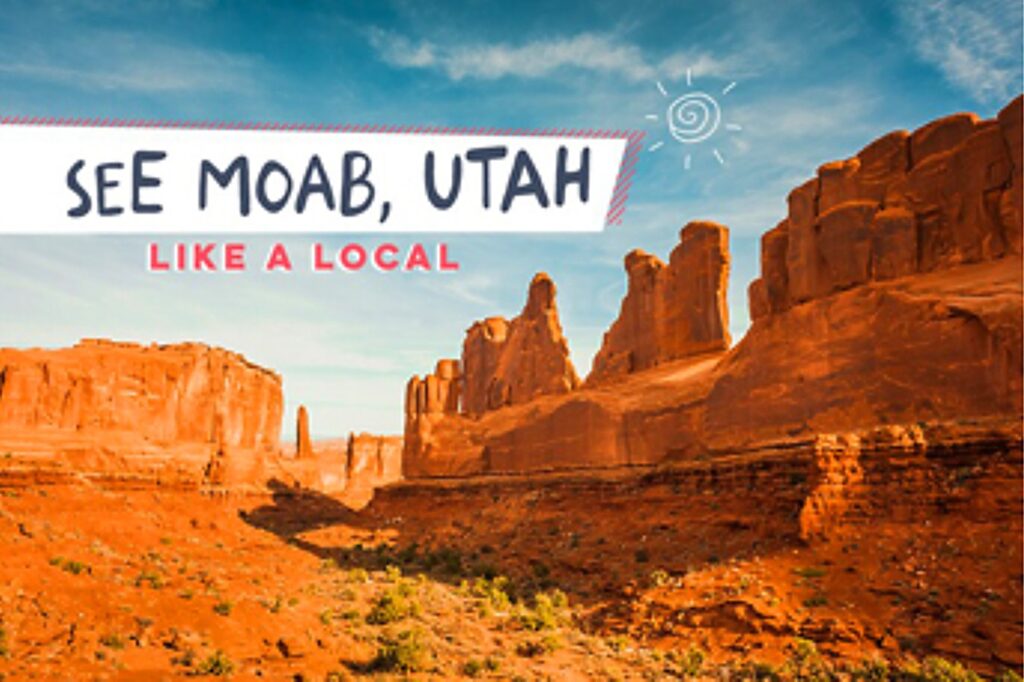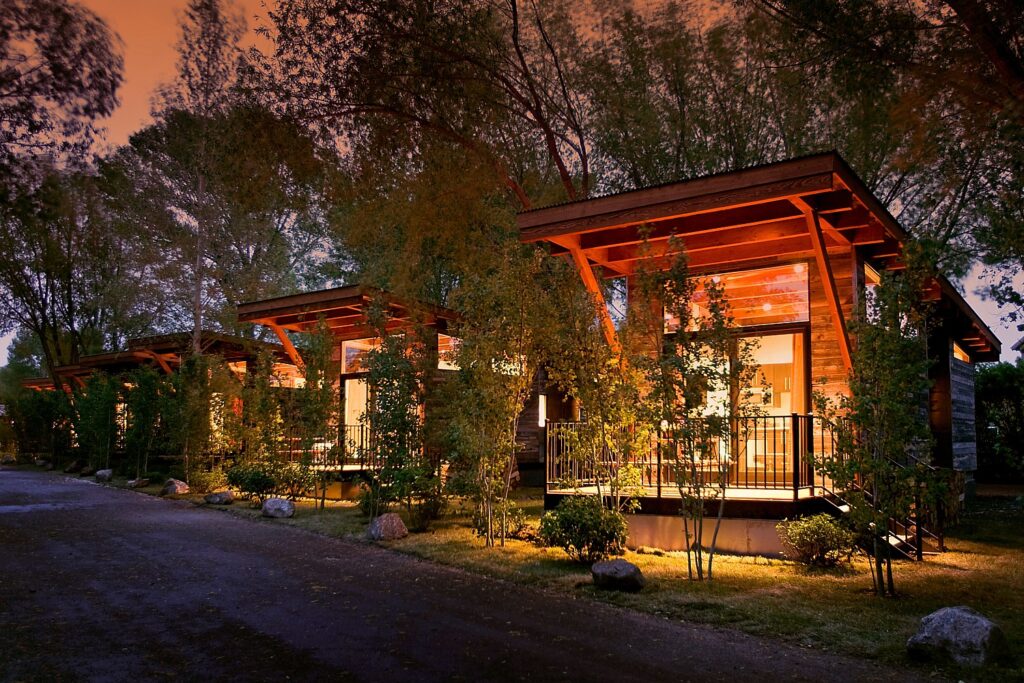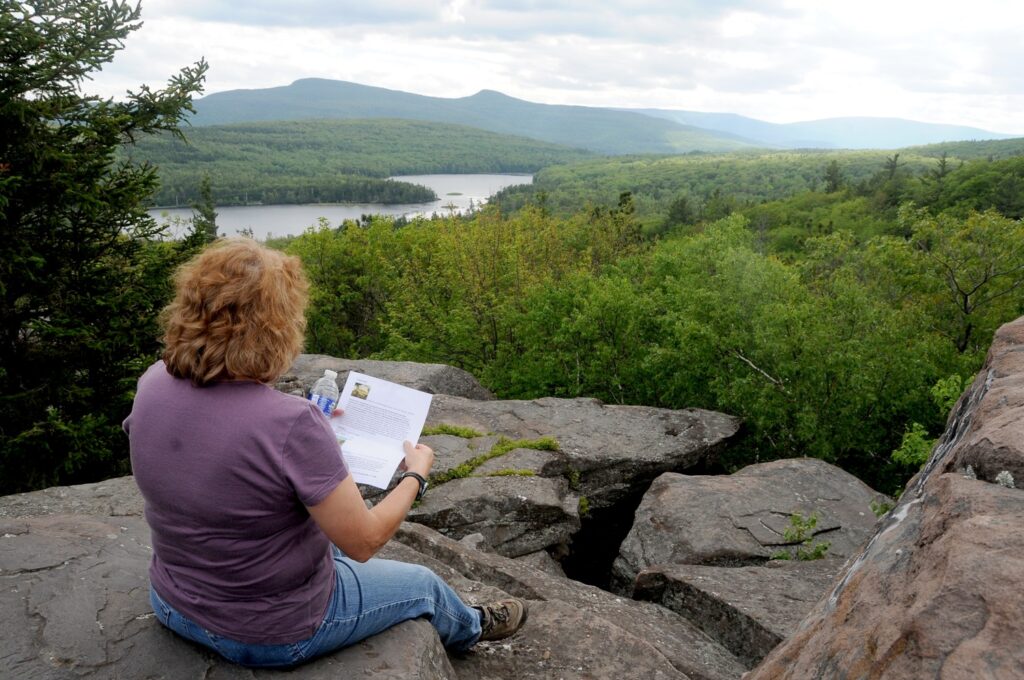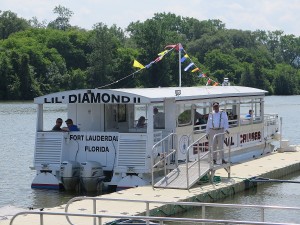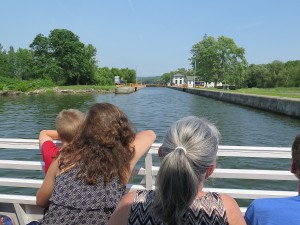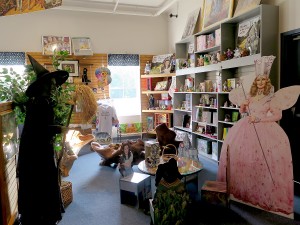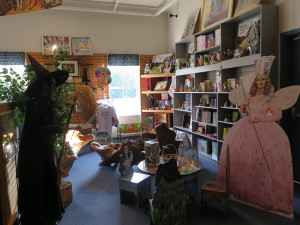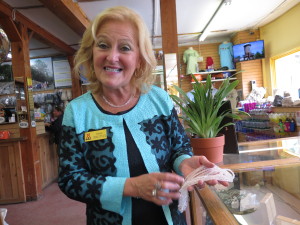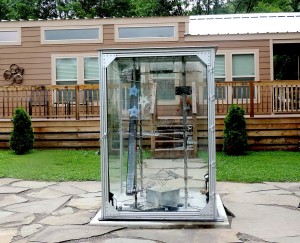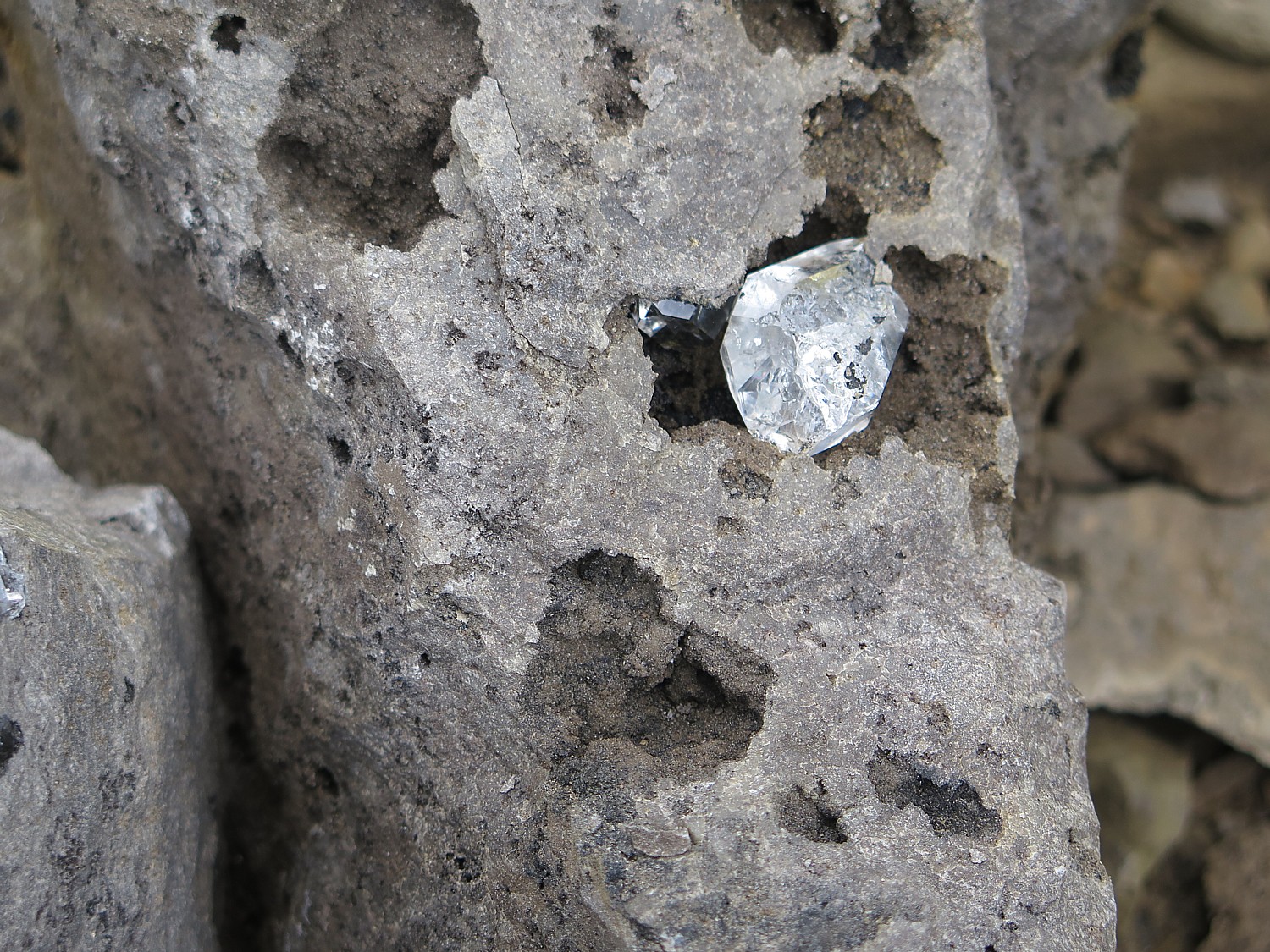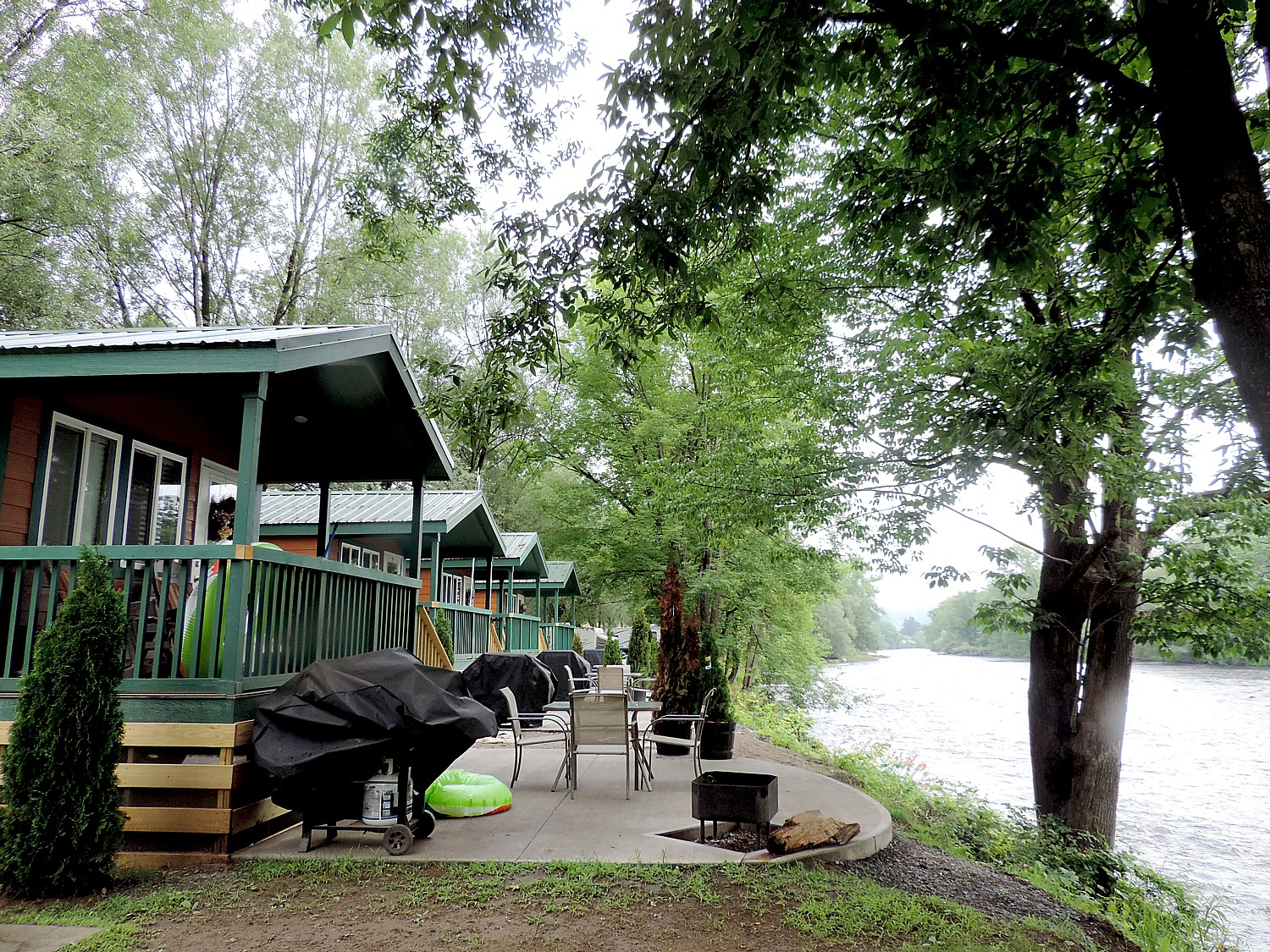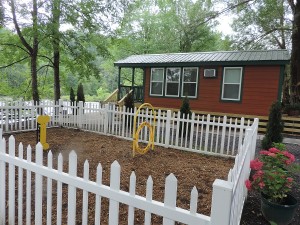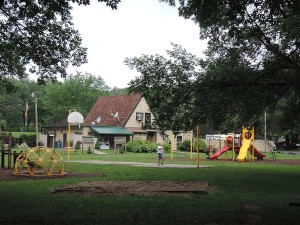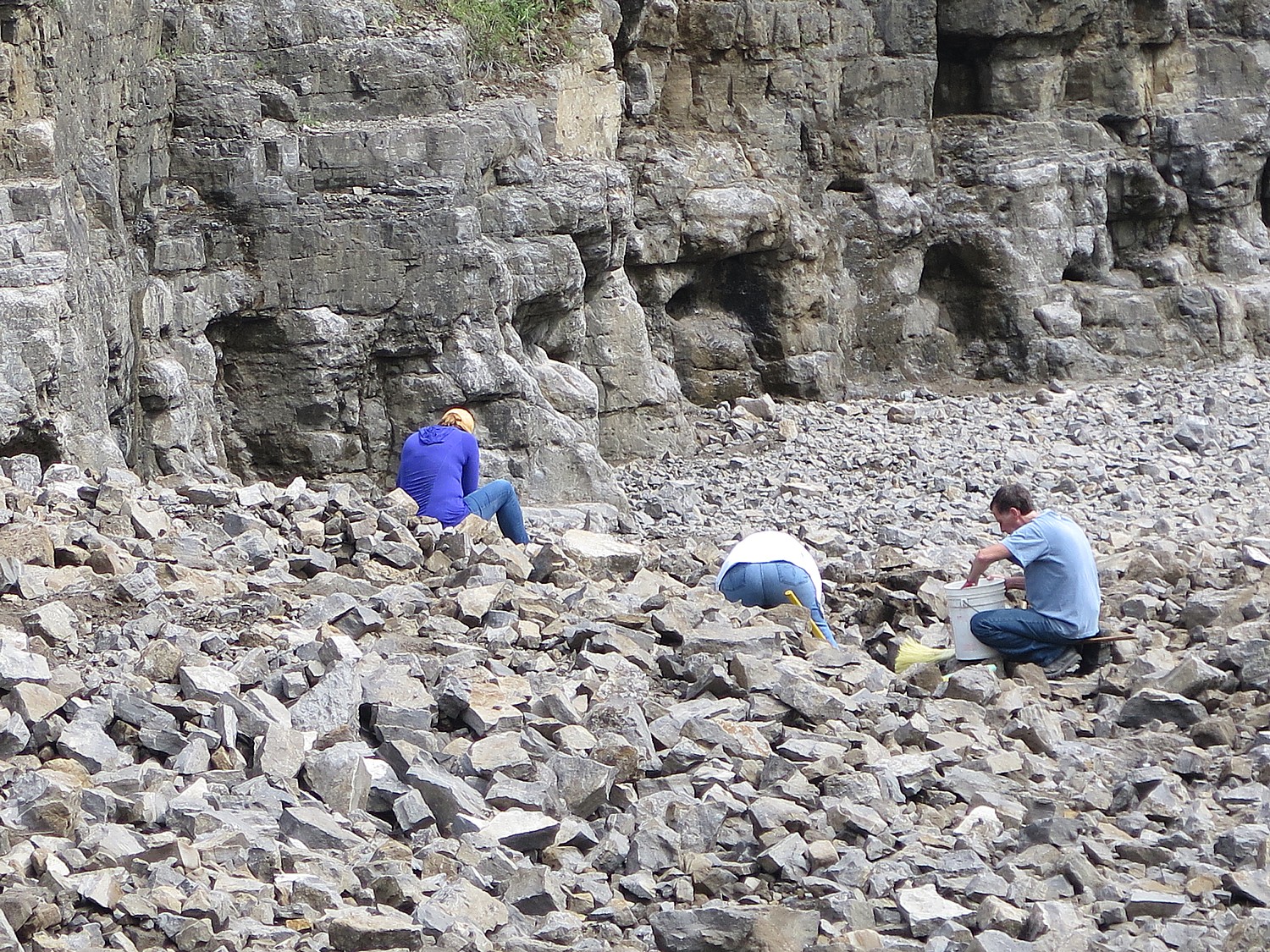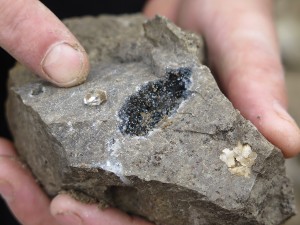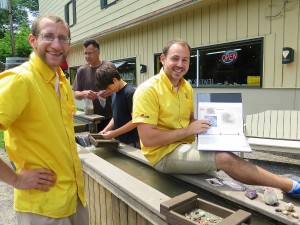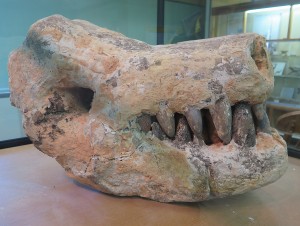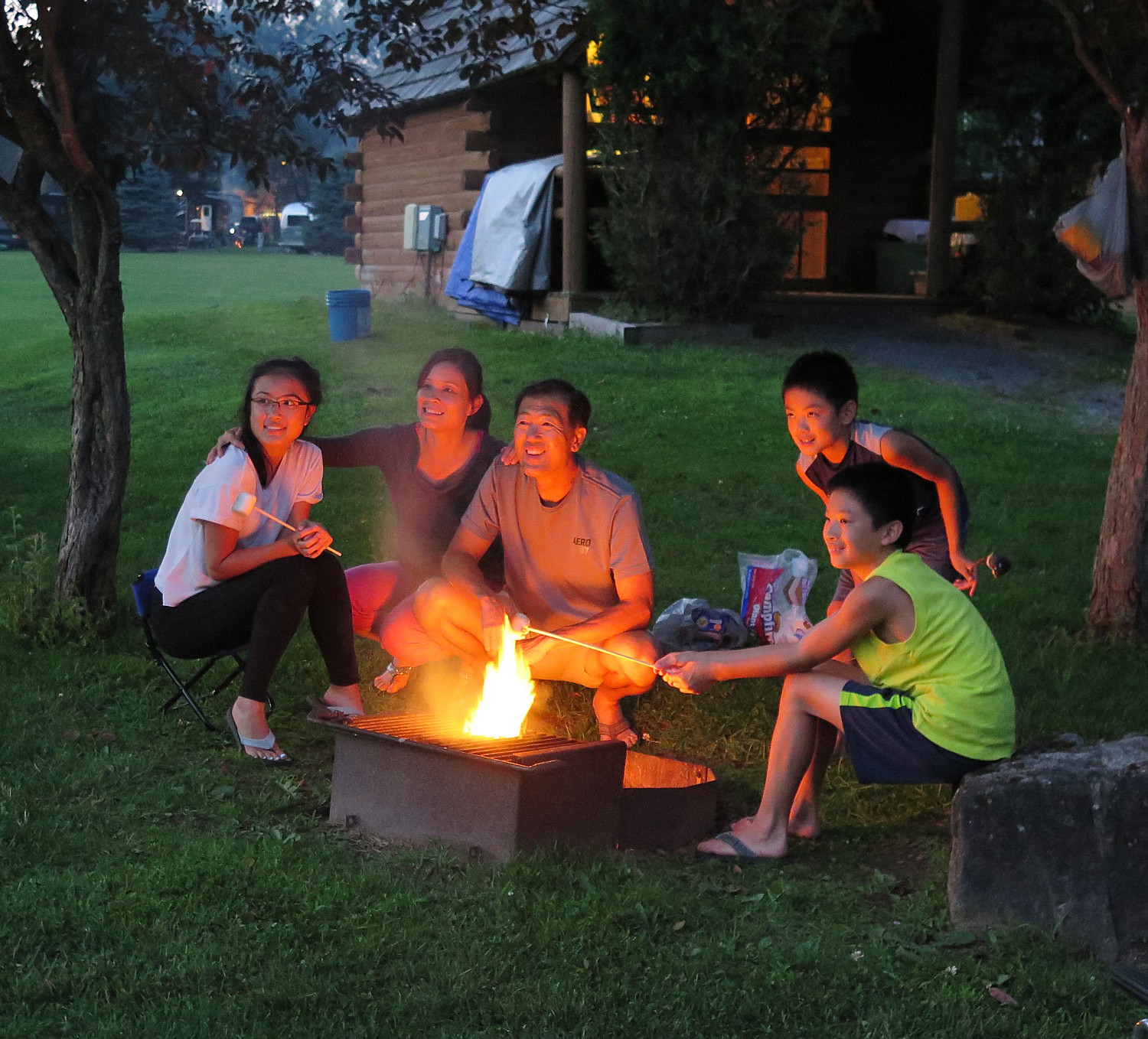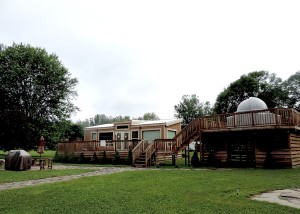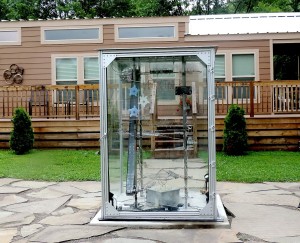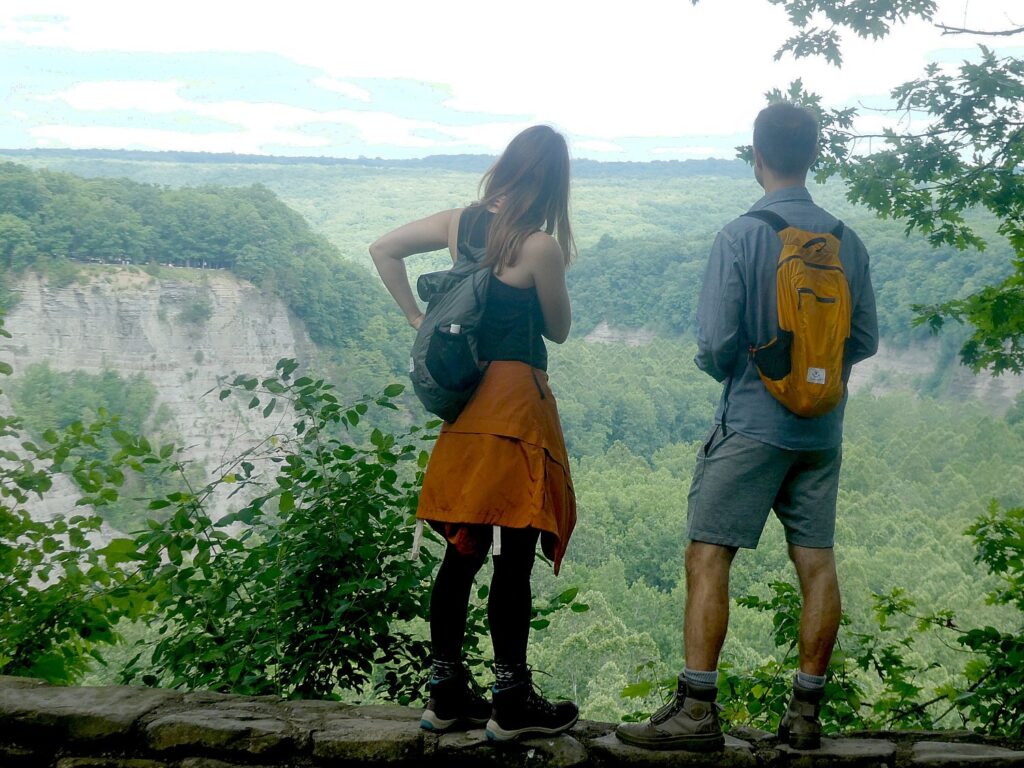
Edited by Karen Rubin, Travel Features Syndicate, goingplacesfarandnear.com
Summer family vacation travel is defined by being active outdoors. Here are some ideas:
A Bakers’ Dozen of Best Campsites in New York State
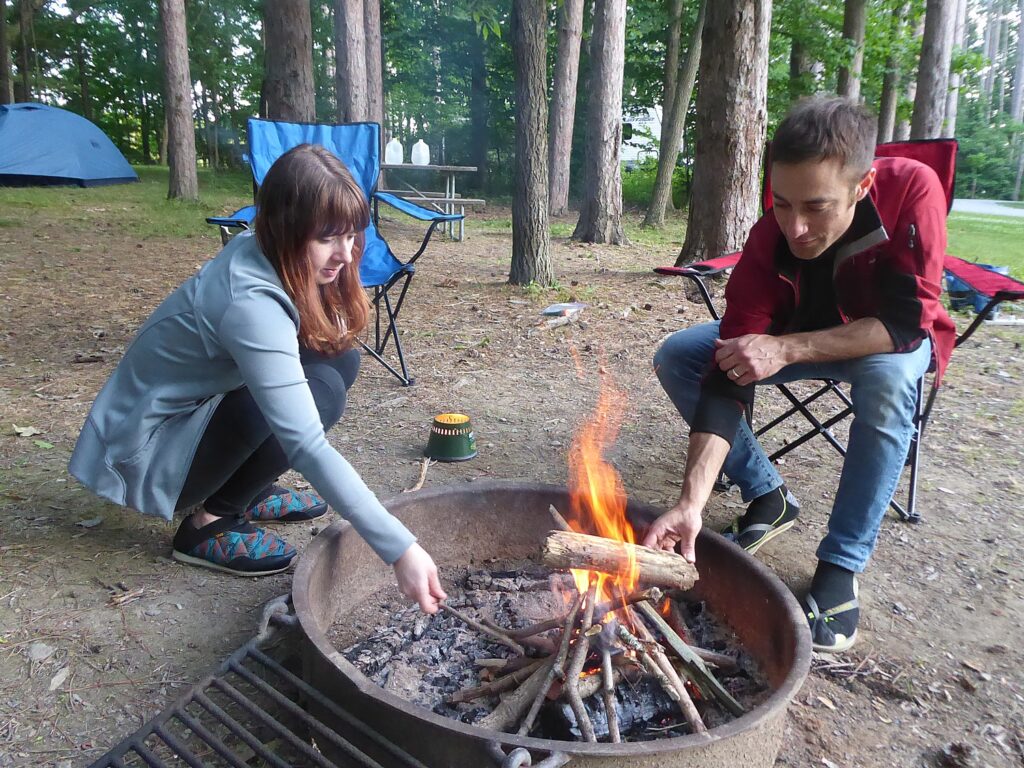
New York State offers some of the most incredible camping experiences anywhere in the country. Marta Zielinska, the Managing Editor of ILOVENY.com, has provided this list of a dozen of her favorites across the state, to which I would add Watkins Glen State Park:
Scaroon Manor Campground & Day Use Area (Adirondacks): Once an upscale summer resort for the big city’s high society and a filming location for 1957’s Marjorie Morningstar starring Gene Kelly and Natalie Wood, this tranquil campground on the banks of Schroon Lake now makes for a more down to earth Adirondacks retreat. Hike, lounge on the beach, rent a canoe or kayak, go fishing (lake trout, largemouth bass, smallmouth bass, northern pike, yellow perch, bullhead, and pickerel. Nearby visit Natural Stone Bridge and Caves Park, the largest marble cave entrance in the eastern U.S.; 30 minutes away Gore Mountain offers scenic gondola rides, hiking, and mountain biking. Scaroon Manor offers 60 sites (two with tent platforms) at $25/night.
Moreau Lake (Capital-Saratoga): Woodsy campgrounds that have both tent and trailer sites. nature trails, a boat launch, fishing holes, and a sandy swimming beach on the tranquil lake. Saratoga Springs, located just 20 minutes away, offers cultural attractions, mineral waters at Saratoga Spa State Park, horseracing and museum at Saratoga Race Course. Moreau Lake offers 145 campsites from $18 to $22 a night. Cabins and cottages are also available starting at $300 per week.
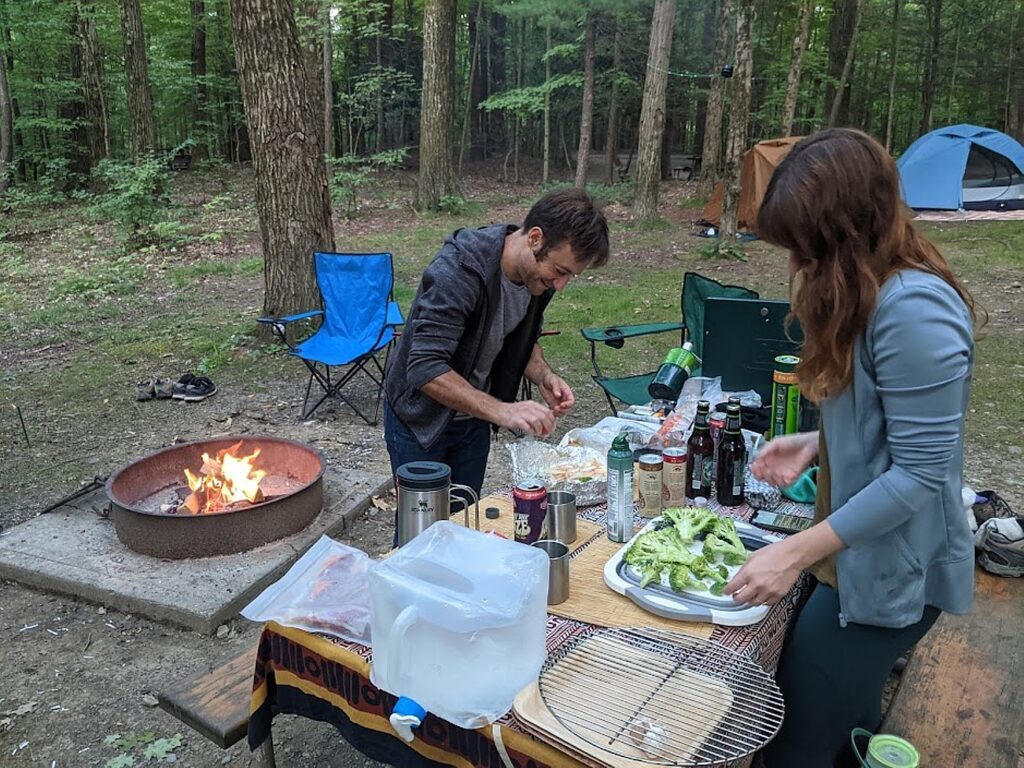
Kenneth L. Wilson Campground & Day Use Area, Mt. Tremper (Catskills) offers hiking, mountain biking, fishing and paddling about the scenic lake in a canoe or kayak. Venture off-site to explore the quaint villages of Woodstock and Phoenicia, where there’s golfing, shopping, and great eating to be had (a trip to Phoenicia Diner is a must!) and the historic city of Kingston, New York’s first capital, is 30 minutes away. Kenneth L. Wilson offers 76 tent and trailer sites at $22/night.
Verona Beach (Central New York): Located on the eastern shore of Oneida Lake, with 11 sites boasting views of the water, Verona Beach State is where you can hike the wondrous “Woods and Wetland” nature trail. The lake, Black Creek, cattail marshes, and bottomland hardwood swamps also give Verona Beach one of the most diverse aquatic habitats in the area. Just 30 minutes away, marvel at nature’s beauty as you gaze upon a 167-foot waterfall that formed 10,000 years ago at the 194-acre Chittenango Falls State Park. Verona Beach offers 46 campsites ranging from $18-$43 a night.
Cooperstown Shadow Brook Campground (Central New York): Camp on 20 acres surrounded by mountains and farmland in the home of baseball. On-site is a fully-stocked three-acre catch and release fishing pond, heated pool, arcade, rec center, general store and weekly activities. Visit the National Baseball Hall of Fame, The Farmers’ Museum, Brewery Ommegang, the Fenimore Art Museum. Cooperstown Shadow Brook Campground offers tent sites ranging from $40 to $50 ($60 during Baseball Hall of Fame Induction), with cabins, cottages, and trailers available at varying rates.
Allegany State Park (Chautauqua-Allegheny): With over 65,000 acres of primitive forested valleys, Allegany State Park is the largest state park in New York State. It offers two sandy beaches, miles of paved bikeways, picnic areas, fishing piers, lakes, and two museums, Camp at Red House and Quaker. The park is only 40 minutes from the National Comedy Center and Rock City Park. Allegany State Park offers more than 300 campsites ranging from $18 to $31 per night (cabin and cottage rates vary).
Keuka Lake State Park (Finger Lakes): Located in the heart of Finger Lakes wine country with breathtaking views of vineyard-covered slopes, glimmering water, and clear blue sky, the campground offers swimming at the beach, boating, fishing, and hiking, Explore the six family-owned wineries along the Keuka Lake Wine Trail, visit the Finger Lakes Boating Museum and Glenn H. Curtiss Museum. Keuka Lake State Park offers 153 tent and trailer sites from $18 to $30 a night.
Green Lakes (Finger Lakes): Two glacial lakes surrounded by upland forest make up this picturesque state park where you can set up camp on grassy and wooded sites before heading to the lakeshore for fishing and swimming in crystal-clear water. Kayak and rowboat rentals are available. Play golf on the park’s scenic 18-hole golf course. Located just 15 minutes from Syracuse, where you can visit Dinosaur Bar-B-Que, Museum of Science and Technology (MOST), Destiny USA. Plan your trip around the Great New York State Fair (August 21-September 2) for food, fun, rides, and great live entertainment. Green Lakes has 135 campsites ranging from $18 to $37 a night; seven cabins also available for booking.
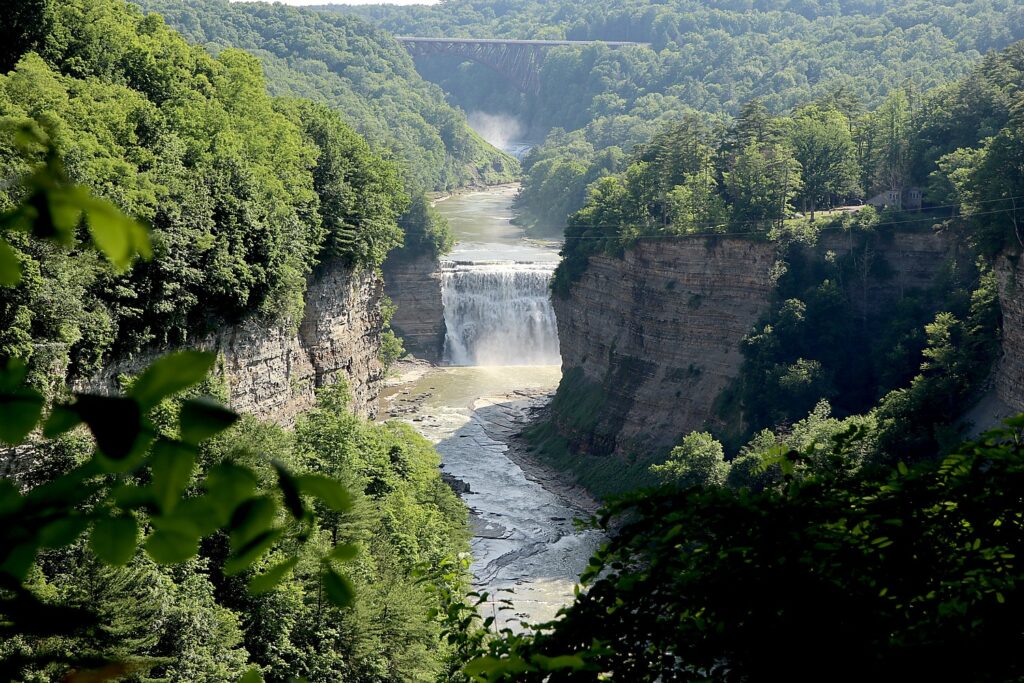
Letchworth State Park (Finger Lakes): The Genesee River roars through the gorge over three major waterfalls between cliffs as high as 600 feet in some places surrounded by lush forest, earning it the nickname, the “Grand Canyon of the East.” Experience it whitewater rafting through the canyon or go for a real splurge with a hot air balloon ride (shared basket: $425/person; private flight: $2,150/couple). With 66 miles of trails for hiking, biking, and horseback riding, a special one-mile loop Autism Nature Trail, a nature center, museum, swimming pool, and guided walks, you’ll never want to leave. Sit down for breakfast, lunch, or dinner at the historic Glen Iris Inn and soak in the views of the Middle Falls. Letchworth offers 257 campsites ranging from $27 to $30 a night, plus cabins $132-$568 per week.
Watkins Glen State Park (Finger Lakes) Walking the Gorge Trail in Watkins Glen State Park in New York’s Finger Lakes is, in a word, spellbinding. The centerpiece of the 778-acre Watkins Glen State Park is a 400-foot deep, narrow gorge cut by the Glen Creek that was left “hanging” when glaciers of the last continental glaciation, some 12,000 years ago, deepened the Seneca valley, creating rapids and waterfalls through layers of hard rock. Six Nations Campground is set amid beautiful trees, excellent restroom facilities, and affords access to a glorious Olympic-sized pool.(276 campsites, 9 cabins).
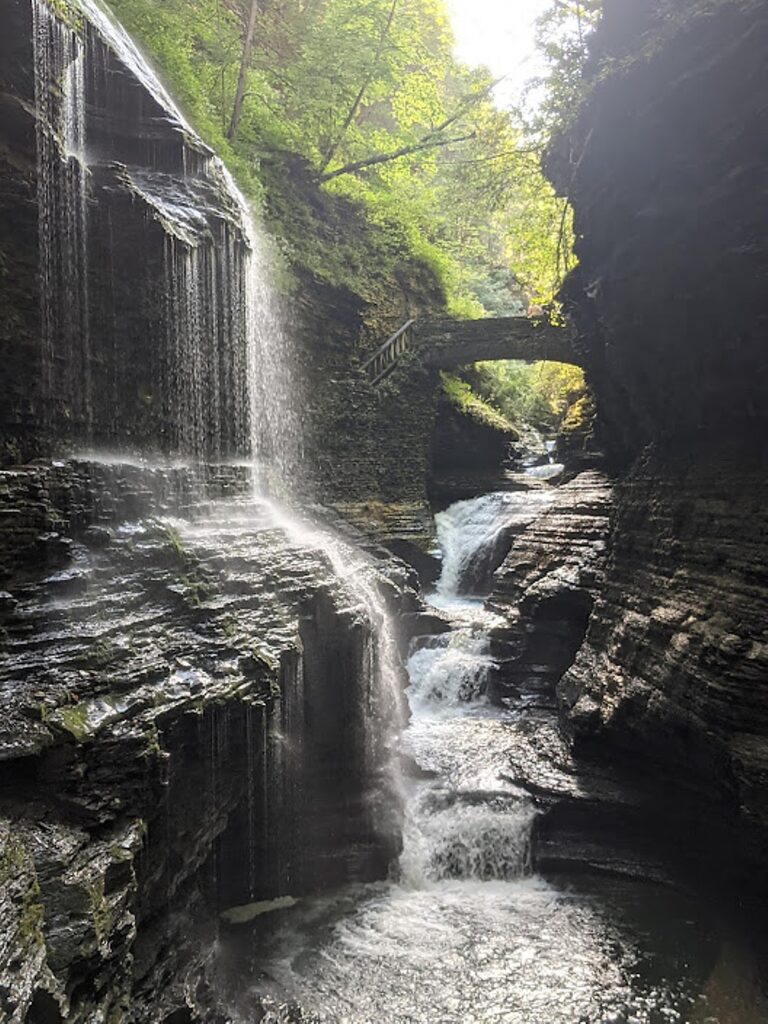
Four Mile Creek (Greater Niagara) is special for offering 10 coveted waterfront sites with spectacular panoramic views of Lake Ontario, hiking trails that wind along densely wooded bluffs, and a marsh that’s home to great blue herons and white-tailed deer, plus biking and fishing. It is just 15 minutes north of the mighty Niagara Falls, and offers discounted tickets to the Maid of the Mist boat tours and Cave of the Winds. Other nearby attractions include a two-hour cruise past historic sights and the five original Lockport Locks, historical reenactments at Old Fort Niagara, and racing at Ransomville Speedway. Hop aboard the Discover Niagara Shuttle to catch a free ride from Four Mile Creek to Old Fort Niagara, Niagara Falls, and several points in between (available Friday-Sunday)! Four Mile Creek offers 260 campsites with prices ranging from $23 to $36 a night. Brand new yurts are also available starting at $83.75 per day.
Cranberry Lake Campground & Day Use Area (Thousand Islands-Seaway) is located in the Adirondack Mountains in one of the largest remote areas in all of New York State with thousands of acres of unbroken forest nearby. It offers a sandy beach, hiking trails with scenic vistas, fishing spots, and access to miles of unencumbered scenic waters to explore. About 40 minutes away in Tupper Lake, experience the beauty and wonder of the night sky at The Adirondack Sky Center & Observatory and the Wild Center where you can walk along the treetops on the Wild Walk, a unique elevated trail that includes a four-story treehouse, swinging bridges, and a giant bald eagle’s nest offering a rare view of the Adirondack forest. Cranberry Lake offers 165 campsites at $20/night.
Wildwood State Park (Long Island): Swim and fish on two miles of beachfront along the Long Island Sound, hike along 12 miles of marked trails; at night activities include watching movies under the stars and square and line dancing. With 600 acres of undeveloped hardwood forest terminating on a high bluff overlooking the Sound, it’s also the perfect setting to take in a stunning sunset. Explore Baiting Hollow Farm Vineyard and Long Island Aquarium. Wildwood offers 314 campsites for $18-$35 a night, plus 10 cottages starting at $175/night.
New York State Parks and the Department of Environmental Conservation’s campsites can be booked through ReserveAmerica.com. New York State also has a multitude of privately-owned campgrounds perfect for all your camping needs.
More info on New York State tourism at iloveny.com.
Under Canvas, Backroads Adventure Experiences in National Parks
After first establishing a relationship with trips in Montana’s West Yellowstone and glamping tours in Tennessee and South Dakota, Under Canvas and Backroads are expanding to offer 185 scheduled trips through 2025. The expanded line-up this year includes an all-new, glamping-only itinerary in Southwestern Utah with stays at Under Canvas Bryce Canyon and Under Canvas Zion. From the scenic beauty of the Black Hills of South Dakota to the dramatic red rock and hoodoo vistas of Southwest Utah, to the ancient Great Smoky Mountains of Tennessee, guests enjoy a Backroads active adventure by day and immerse themselves in nature with Under Canvas’ upscale glamping retreats by night.
Backroads trips staying at Under Canvas properties in 2024 include:
Utah’s Bryce & Zion Glamping Multi-Adventure Tour for Couples, Friends, and Solos, featuring accommodations at Under Canvas Bryce Canyon and Under Canvas Zion.

Black Hills & Badlands National Park Multi-Adventure Tour for Couples, Friends, Solos, and Families with Teens and Kids (aged 9+), featuring accommodations at Under Canvas Mount Rushmore.
Great Smoky Mountains Multi-Adventure Tour for Families with Teens and Kids (aged 9+), featuring accommodations at Under Canvas Great Smoky Mountains.
Yellowstone, Tetons & Big Sky Multi-Adventure Tour for Couples, Friends, Solos, Families with Teens and Kids (aged 9+) and Families with Older Teens and 20-somethings, featuring accommodations at Bar N Ranch with access to Under Canvas complimentary programming.
For more information, visit backroads.com or call 800-462-2848.
Campspot: Surprising Camping Destinations on the Rise
Campspot looked into trending camping destinations that have seen the most significant year-over-year increase in reservations, some of which are pretty surprising:
Filer, Idaho is a small town that offers campers access to the famous attractions of the Magic Valley area, including the nearby Shoshone Falls (known as the “Niagara of the West”), Snake River, and the majestic Sawtooth Mountains. Hiking trails offer views of the Snake River Canyon, Perrine Bridge, Pillar Falls, and Shoshone Falls. Twin Falls 93 RV Park, five miles from Twin Falls, offers comfortable accommodations and proximity to attractions like Shoshone Falls, the Perrine Bridge, and Craters of the Moon National Monument and Preserve, you can be confident in your choice of camping near Filer, ID.

Watertown, South Dakota is home to the Redlin Art Center, which houses the original paintings of wildlife and Americana by renowned artist Terry Redlin. Watertown’s Bramble Park Zoo spans 15 acres and has around 500 animals. The scenic shores of Lake Kampeska offer fishing, boating, and water sports. Memorial Park Campground stretches over 90 acres on the northwest shores of Lake Kampeska with . tent sites and RV spots, , a large picnic area with a playground, horseshoes, swimming, boat launch, and hiking trails.
Cuddebackville, New York offers a peaceful retreat on the Neversink Reservoir with opportunities for fishing and boating, while the Neversink Gorge Trail provides stunning views of waterfalls and rugged terrain. History enthusiasts can explore the D&H Canal Historical Society and Museum. Neversink River Resort is an award-winning campground bordering the Neversink River, with amenities including open playing fields, a pool, a swing set, a jumping pillow and cruiser bikes.
High Point, North Carolina—known as the “Furniture Capital of the World”—offers cultural heritage, outdoor recreation, and vibrant community life. At the High Point Museum, exhibits detail the region’s history, from its early settlement to its prominence in the furniture industry. Head to High Point City Lake Park for hiking, kayaking, paddle boating, mini golf, and pontoon boating. Oak Hollow Campgroundis open year-round within the 1,550-acre Oak Hollow Park in High Point, with 100 RV sites and 13 tent sites bordering the lake for serene views. Amenities include the camp store, fishing, pool, and playground.
Bergton, Virginia in the heart of Shenandoah Valley where campers can hike the scenic trails of the nearby George Washington National Forest, go fishing or tubing down the Shenandoah River, explore Lost River State Park, and enjoy the bike trails, golf course, beaches, and more at Bryce Resort, a sports and recreation resort. River’s Edge Campground offers RV sites, tent sites, glamping tents, and cabins with views of the magnificent mountain ranges and access to two miles of the North Fork Shenandoah River, Capon Run stream, and a two-acre private pond for more fishing.
Exeter, New Hampshire is nestled along the banks of the Squamscott River. Explore the town’s rich colonial heritage at the American Independent and nearby coast. Enjoy kayaking or paddleboarding along the Squamscott River, hiking the trails of Gilman Park and Swasey Parkway, touring the Squamscott River. Winding River Campground offers RV sites, cozy cabins, or primitive tent camping. The park hosts activities, games, live music, and special events; amenities include waterslide, hot tub, playgrounds, arcade, and restaurant.

Hungry Horse, Montana’s proximity to one of the top national parks and other outdoor excursions secures its spot on our list of trending camping destinations. Surrounded by the spectacular mountains of Western Montana, Hungry Horse is close to Glacier National Park and located on the edge of Hungry Horse Reservoir and Hungry Horse Dam, Montana’s highest dam and the 11th largest concrete dam in the U.S.Columbia Falls RV Park, five miles from the town of Columbia Falls, is 15 minutes from Glacier National Park. It offers year-round RV sites near multiple local restaurants and attractions (like Big Sky Water Park, Meadow Life Golf Resort, and Glacier Ziplines.
Saint Helen, Michigan, located in the heart of Michigan’s picturesque northern region, offers hiking, biking, and horseback riding along the trails of the nearby Huron National Forest, fishing and canoeing down the Au Sable River. Beaver Trail Campground, in Ogemaw County, offers riding off-road vehicles (ORV), snowmobiling, hunting, and fishing. Choose a tent or RV site and relax on the beach, play in the playground, swim, kayak, or paddle.
Tillamook, Oregon will have you experiencing the best of the Oregon Coast. One of the city’s main draws is the Tillamook Creamery, where visitors can tour the cheese-making facilities and taste its cheeses and ice cream. It offers natural beauty, of the coastal wetlands at Sitka Sedge State Park, the Three Capes Scenic Route, the shop, and Rockaway Beach. Kelly’s Brighton Marina is in Nehalem Bay, a beautiful crabbing bay in Tillamook County. If you’re looking for fun and adventure, set up camp and jump straight into learning how to crab.
More ideas at https://www.campspot.com/.
Another excellent source to find campgrounds and camping resorts is KOA, https://koa.com/
Experience the Great Age of Sail on Historic Maine Windjammer Cruise
A Maine windjammer cruise is as much about experiencing the thrill of the Great Age of Sail, when these mighty schooners sailed with the wind and waves to bring the timber, building stones and raw materials that built the nation – literally engines of the economy – as it is about reconnecting with the joys of simple pleasures as basic as conversation and song. It’s just a tad rustic – the equivalent of camping on the water – only adding to the delight of the experience.
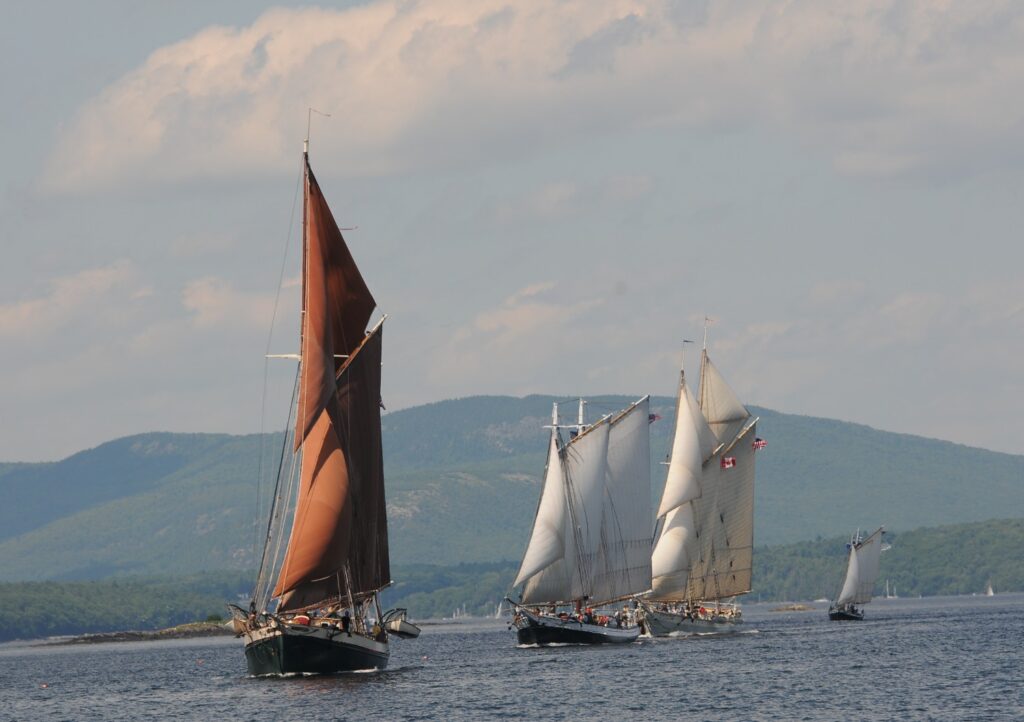
Maine has the largest concentration of these historic sailing ships in North America, seven of which are members of the Maine Windjammer Association, sailing out of Rockland and Camden. Each has its own story, its own character. And each sailing is different, even on the same ship – the product of the serendipity and alchemy of people (passengers as well as captain and crew), weather (which often provides the drama, whether because of fog or squall), and where you wind up anchoring. There is no fixed itinerary. The captain sets course following the wind, weather and whimsy. While every windjammer cruise is different, there are certain constants – the feeling of being transported back into this Golden Age of Sail and the traditional lobster dinner that will spoil you from having lobster anywhere else.
The Maine Windjammer Association fleet: Windjammer Angelique, Schooner American Eagle, Schooner Grace Bailey, Schooner Heritage, Schooner J. & E. Riggin, Schooner Ladona, Schooner Lewis R. French, Schooner Mary Day, Schooner Stephen Taber
Maine Windjammer Association, P.O. Box 1083, Rockland, Maine 04841, 1-800-807-9463, www.sailmainecoast.com.
________________
© 2024 Travel Features Syndicate, a division of Workstyles, Inc. All rights reserved. Visit goingplacesfarandnear.com and travelwritersmagazine.com/TravelFeaturesSyndicate/. Blogging at goingplacesnearandfar.wordpress.com and moralcompasstravel.info. Visit instagram.com/going_places_far_and_near and instagram.com/bigbackpacktraveler/ Send comments or questions to [email protected]. Tweet @TravelFeatures. ‘Like’ us atfacebook.com/NewsPhotoFeatures
